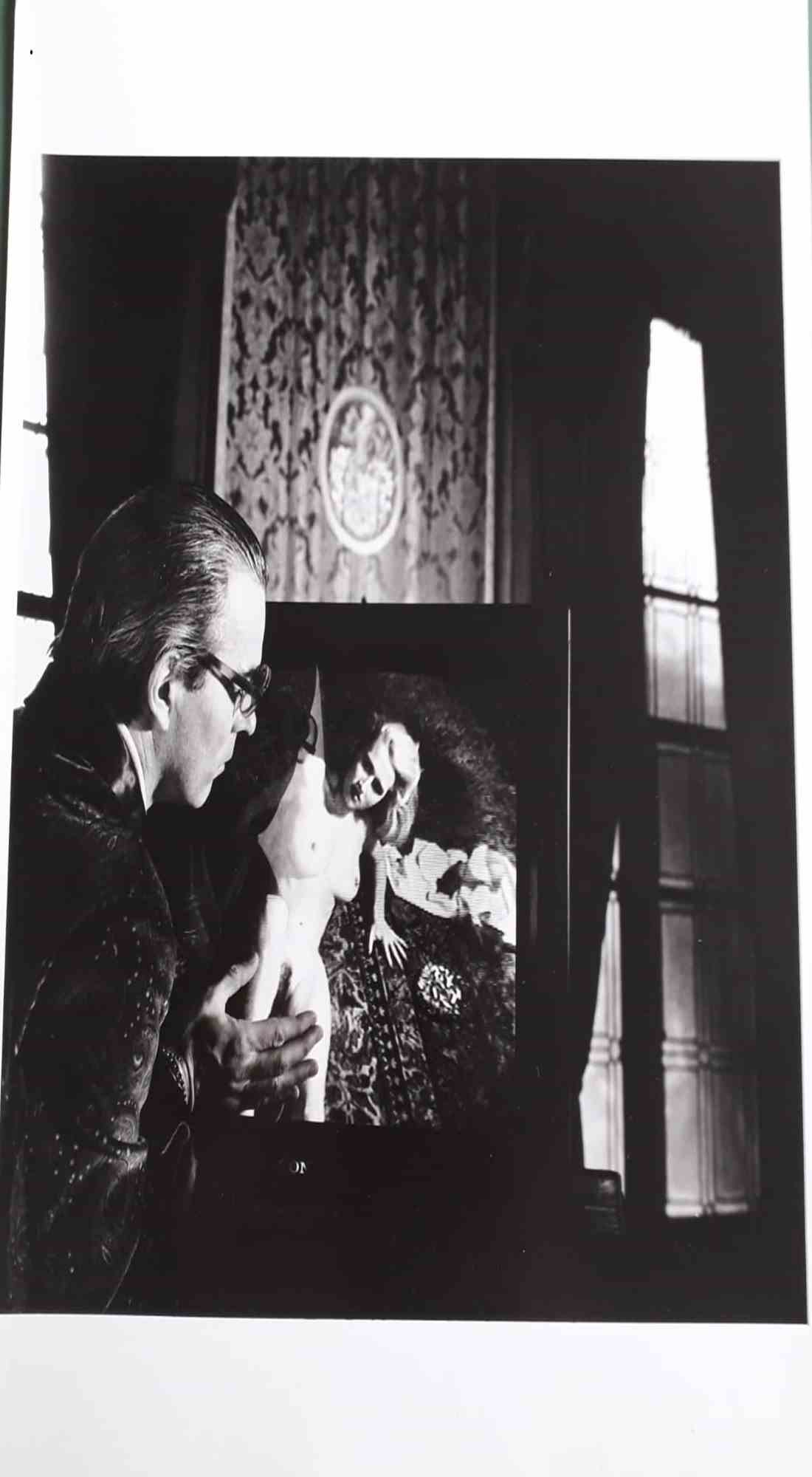
Helmut Newton and the Evolution of Contemporary Photography
Helmut Newton, born Helmut Neustädter in Berlin on October 31, 1920, stands as one of the most influential and controversial photographers of the 20th century. His oeuvre is characterized by a provocative blend of eroticism, luxury, and power, encapsulating the zeitgeist of late 20th-century fashion and culture. Newton’s work transcends mere commercial photography, interweaving elements of narrative, art, and social commentary. This essay seeks to provide an exhaustive analysis of Newton’s contributions to photography, his stylistic developments, thematic preoccupations, and the critical reception of his work.
Early Life and Formative Influences
Newton’s early life in Weimar Germany, followed by his flight from Nazi persecution, indelibly shaped his artistic sensibilities. The opulence of Berlin’s high society, juxtaposed with the emerging threat of fascism, forged a dichotomy of allure and menace that pervades Newton’s work. His subsequent relocation to Australia and later to Europe and the United States exposed him to diverse cultural milieus, further enriching his photographic vision.
Stylistic Developments
Newton’s stylistic evolution can be traced through several phases, each marked by an increasing sophistication in his use of visual language. Early in his career, influenced by the work of Erwin Blumenfeld and the surrealist movements, Newton began experimenting with high-contrast lighting, unusual angles, and dramatic compositions. These elements became staples of his distinctive style, characterized by a cinematic quality that blends reality with fantasy.
Thematic Preoccupations
Central to Newton’s photography is the exploration of power dynamics, sexuality, and the human form. His images often depict strong, dominant women, exuding an aura of control and confidence. This portrayal challenges traditional notions of femininity and subverts the male gaze, positioning the female subject as an active participant rather than a passive object. Newton’s “Big Nudes” series epitomizes this theme, presenting life-sized, unclothed women in assertive, confrontational stances. The stark, clinical aesthetic of these photographs underscores the themes of voyeurism and surveillance, adding layers of meaning to the visual narrative.
Fashion and Commercial Work
Newton’s collaboration with leading fashion magazines such as Vogue, Elle, and Harper’s Bazaar solidified his reputation as a pioneering fashion photographer. His editorial spreads, often blending high fashion with overt eroticism, challenged the conventions of fashion photography. Newton’s use of haute couture in conjunction with controversial themes of fetishism and decadence introduced a new visual lexicon to the fashion industry. This synthesis of high art and commercial photography not only broadened the scope of fashion imagery but also elevated its cultural significance.
Controversies and Criticisms
Newton’s work has been the subject of considerable debate, particularly regarding its portrayal of women and the explicit sexual content. Critics argue that his photographs perpetuate objectification and commodification of the female body. However, proponents assert that Newton’s images empower his subjects, depicting them as formidable and autonomous. This dichotomy highlights the complex interplay between artistic intent and societal interpretation.
Legacy and Influence
Helmut Newton’s influence on contemporary photography is profound and far-reaching. His innovative approach to composition, lighting, and subject matter has inspired a generation of photographers and artists. Newton’s work is celebrated for its technical excellence and its ability to provoke thought and elicit strong emotional responses. The Helmut Newton Foundation, established in Berlin, continues to preserve and promote his legacy, ensuring that his contributions to the field of photography are recognized and studied by future generations.
Analysis of Three Key Works
Voyeurism for Playboy

In “Voyeurism for Playboy”, Helmut Newton captures a mesmerizing interplay between observer and subject, encapsulating his signature voyeuristic allure. The image, with its meticulous composition, juxtaposes the artist’s intense gaze against the reclining form of the model, highlighting themes of power and vulnerability. The rich textures of the background, coupled with the soft illumination, create a palpable sense of depth and intimacy. Newton’s work here, as always, provokes a dialogue on the nature of beauty and the complexities of the gaze.
Helmut Newton Portrait
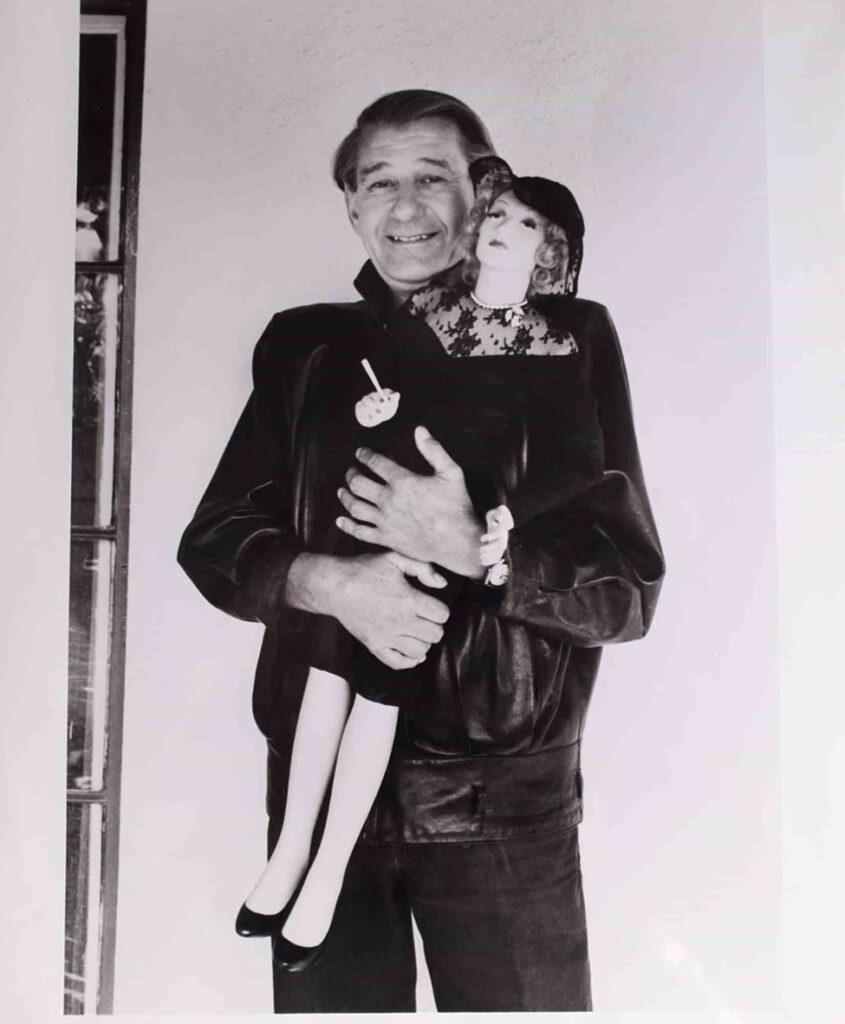
This striking portrait by Helmut Newton captures a playful yet unsettling juxtaposition between the human and the artificial. The subject’s broad smile contrasts sharply with the lifeless expression of the mannequin, creating a surreal and thought-provoking visual narrative. The photograph’s black-and-white palette accentuates the textures and contours, adding a layer of depth and complexity to the composition. Newton’s work here masterfully explores themes of identity, objectification, and the uncanny, inviting viewers to ponder the boundaries between reality and artifice.
Grace Jones for Playboy

In this iconic image, the juxtaposition of strength and vulnerability is embodied through the powerful embrace of two striking figures. The photograph features a statuesque male, exuding stoic strength, holding a poised and confident female, whose direct gaze commands attention. The interplay of light and shadow accentuates their sculptural forms, highlighting Newton’s skill in capturing the raw essence of his subjects. This work delves into themes of power dynamics and sensuality, making a bold statement about human relationships and the nature of desire.
Conclusion
Helmut Newton’s body of work represents a seminal chapter in the history of photography, characterized by its boldness, innovation, and complexity. His ability to merge commercial appeal with profound artistic expression has left an indelible mark on the visual arts. Newton’s exploration of themes such as power, sexuality, and identity continues to resonate, challenging viewers to reconsider preconceived notions and engage with the multifaceted nature of human experience. As a scholar of photography, one must acknowledge Newton’s enduring impact and the ongoing relevance of his work in the ever-evolving landscape of visual culture.
Related artworks
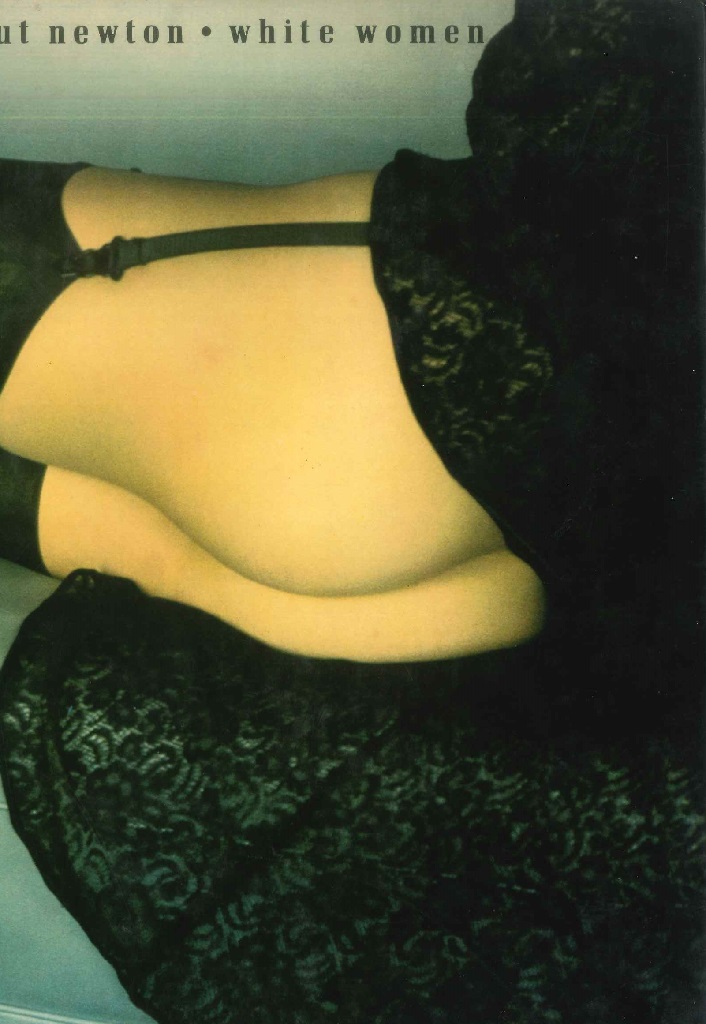
White Women
Helmut Newton
80€
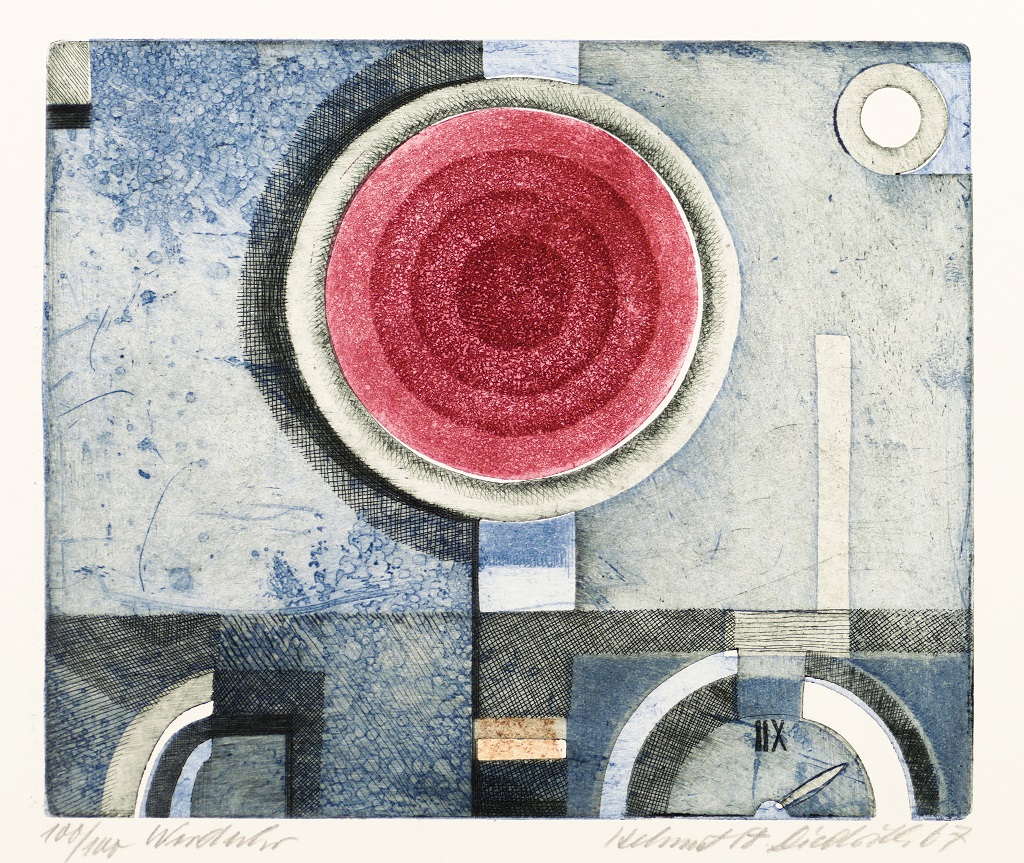
Mechanismen
Helmut Stephan Diedrich
320€
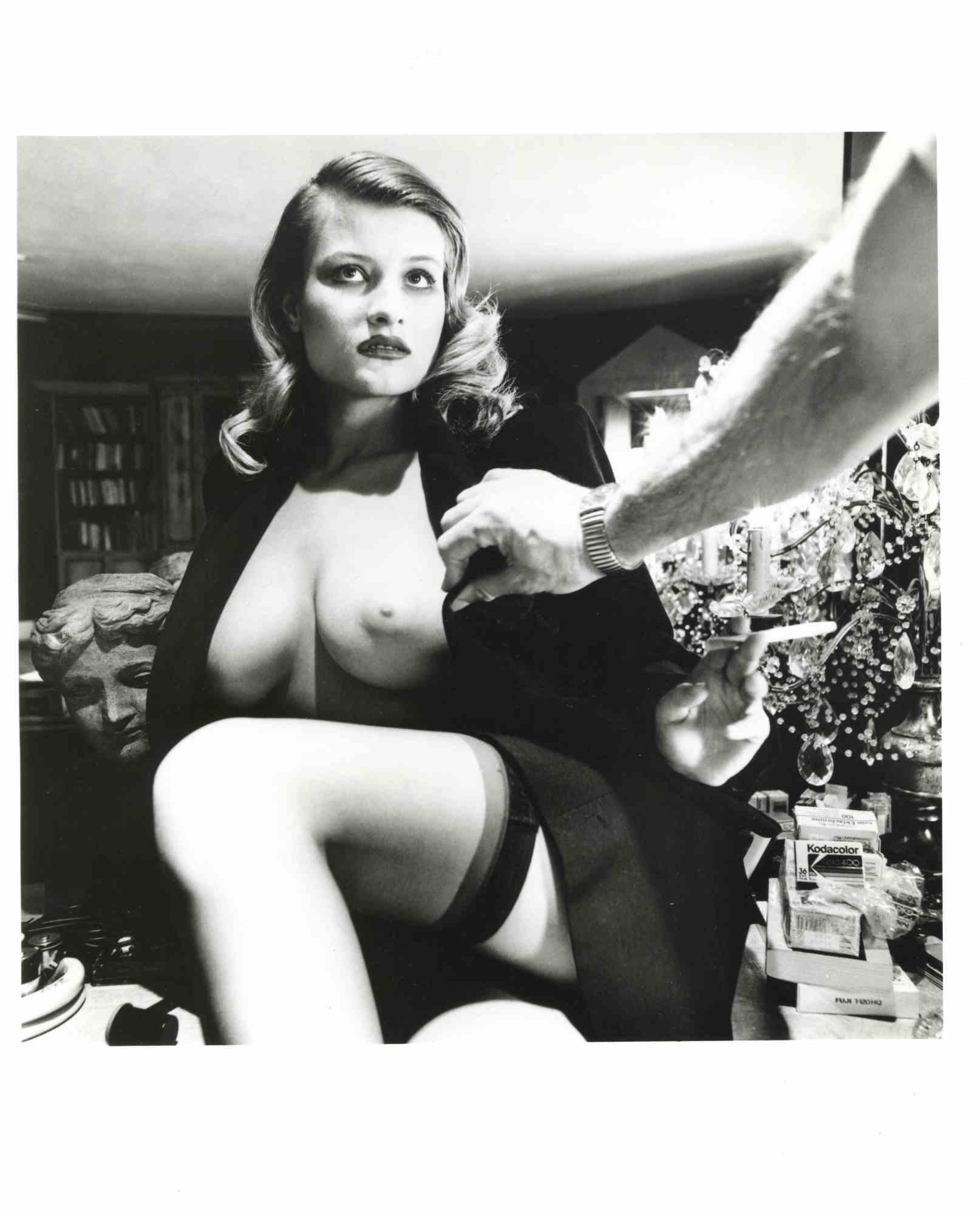
Voyeurism by Helmut Newton
Helmut Newton
Unknown Edition
2200€
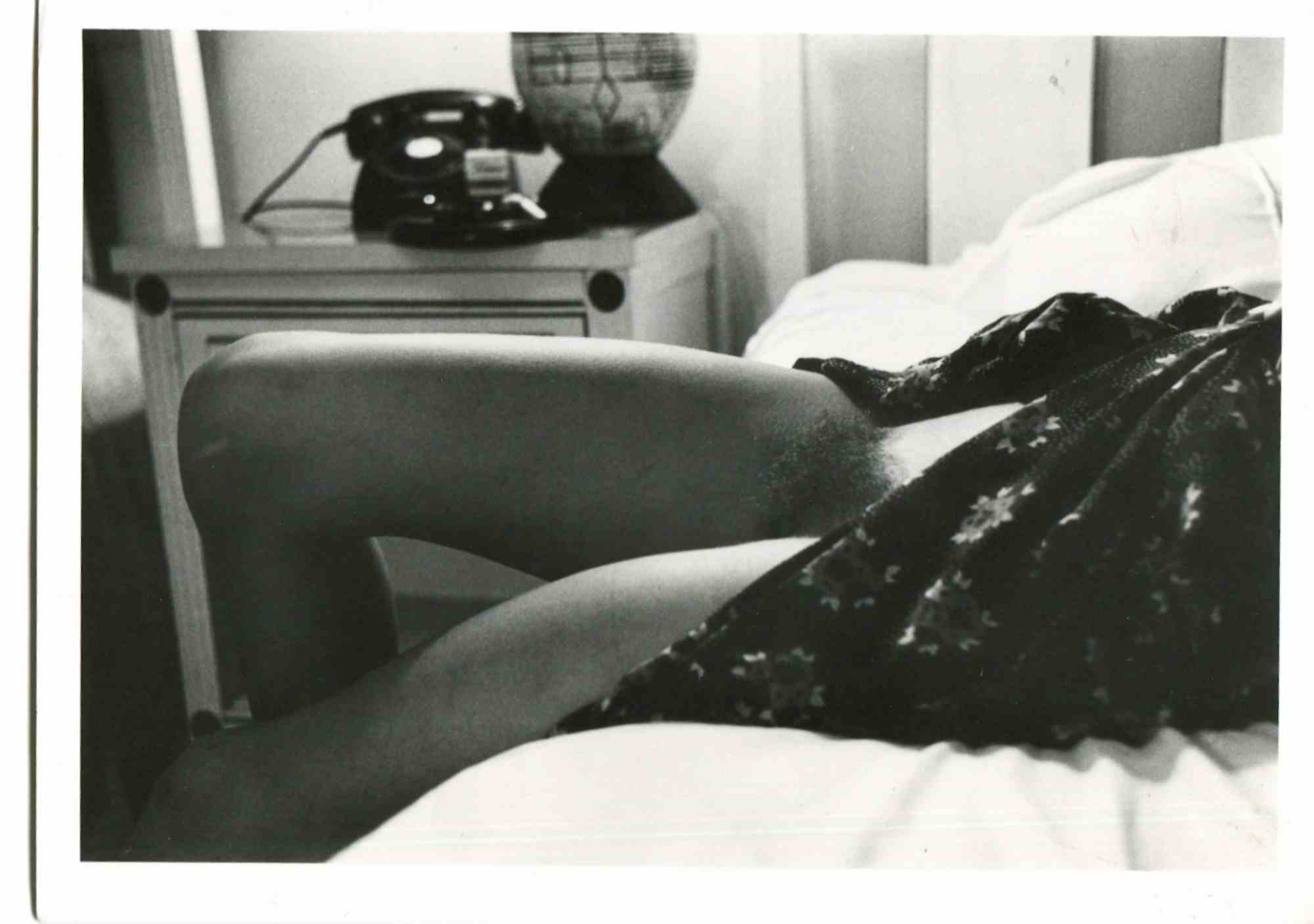
Kristine DeBell
Helmut Newton
Unknown Edition
1800€
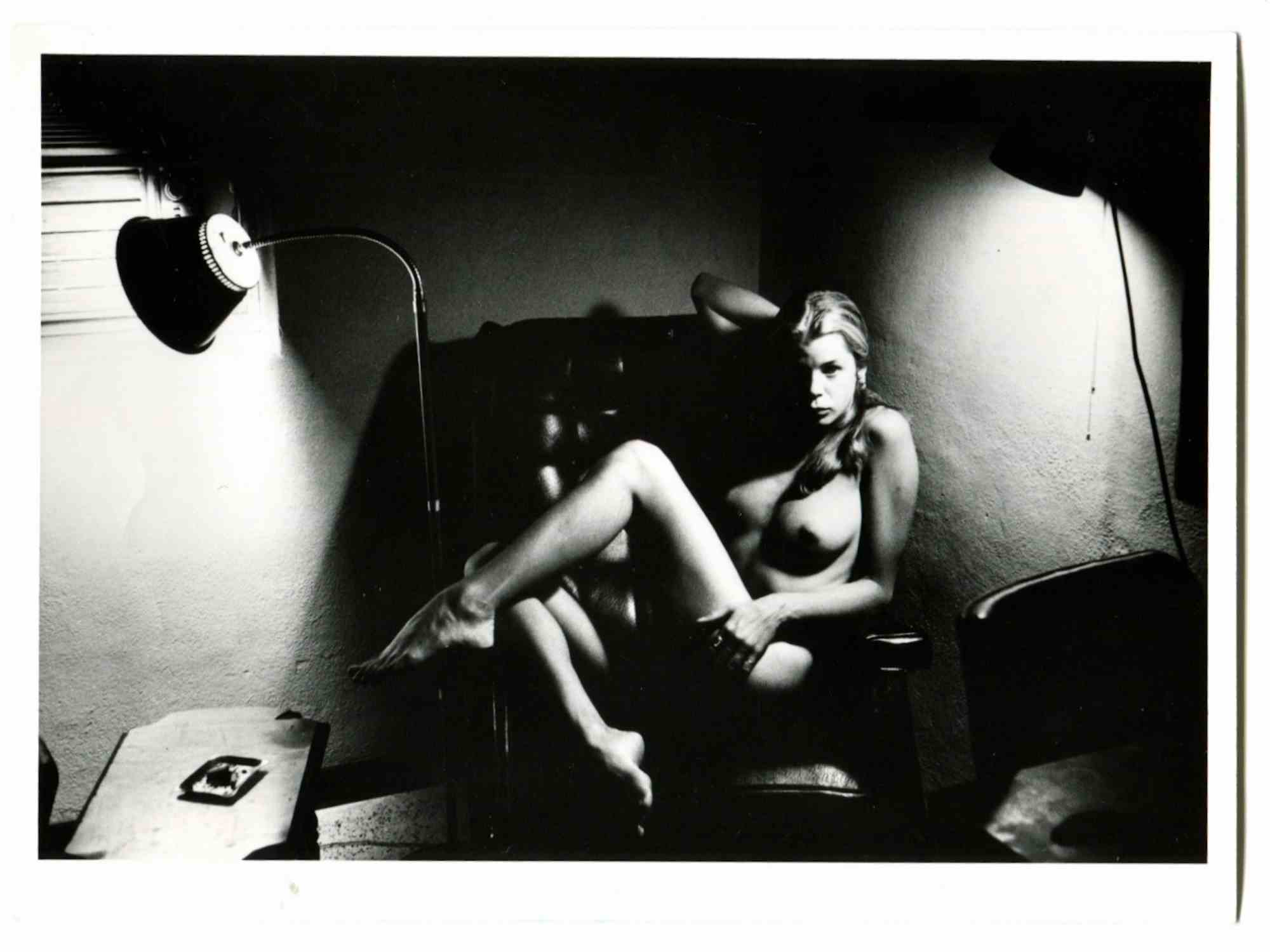
Kristine DeBell
Helmut Newton
Unknown Edition
1800€

Kristine DeBell
Helmut Newton
Unknown Edition
1800€
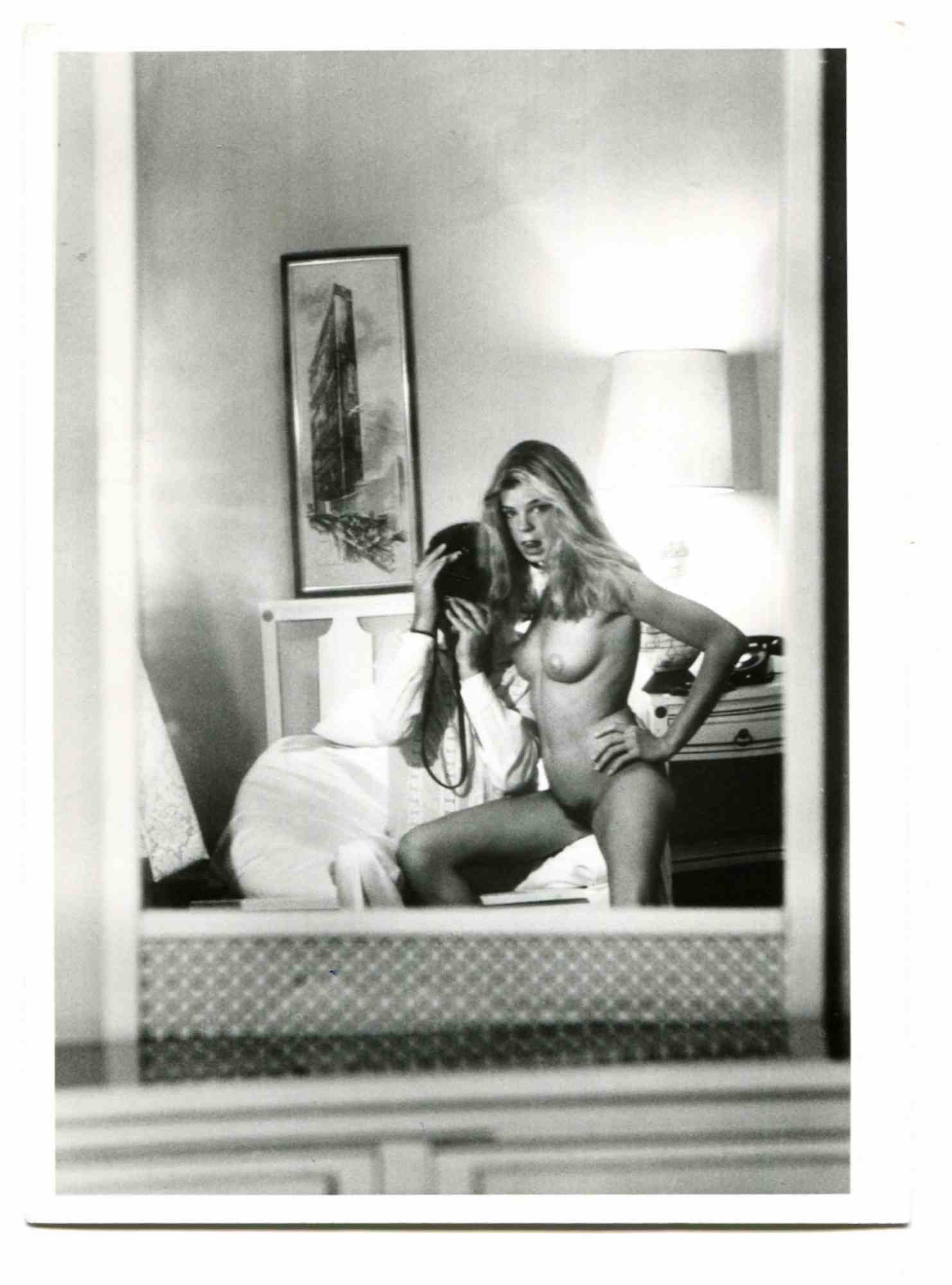
Kristine DeBell
Helmut Newton
Unknown Edition
1800€
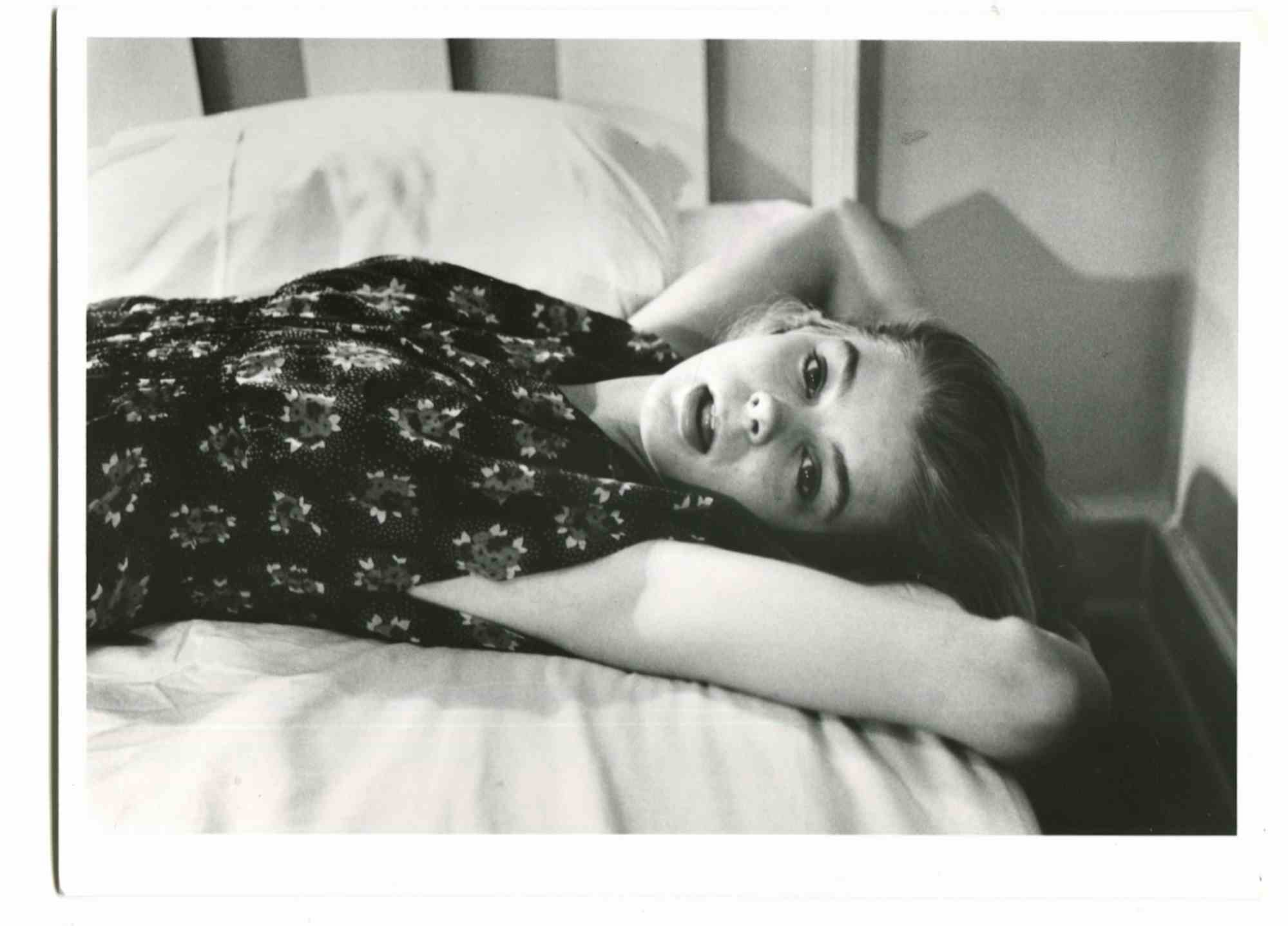
Kristine DeBell
Helmut Newton
Unknown Edition
1800€
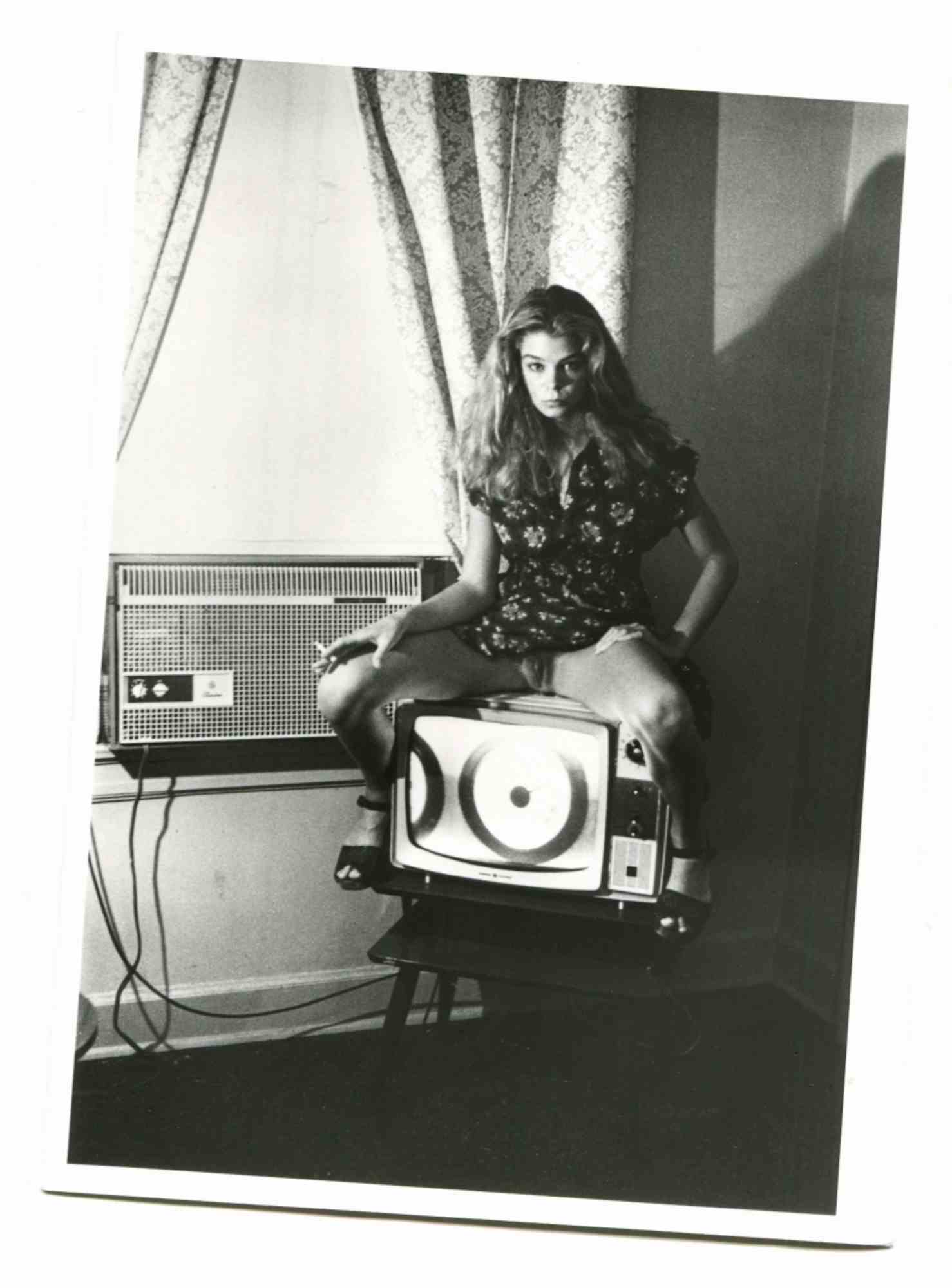
Kristine DeBell
Helmut Newton
Unknown Edition
1800€
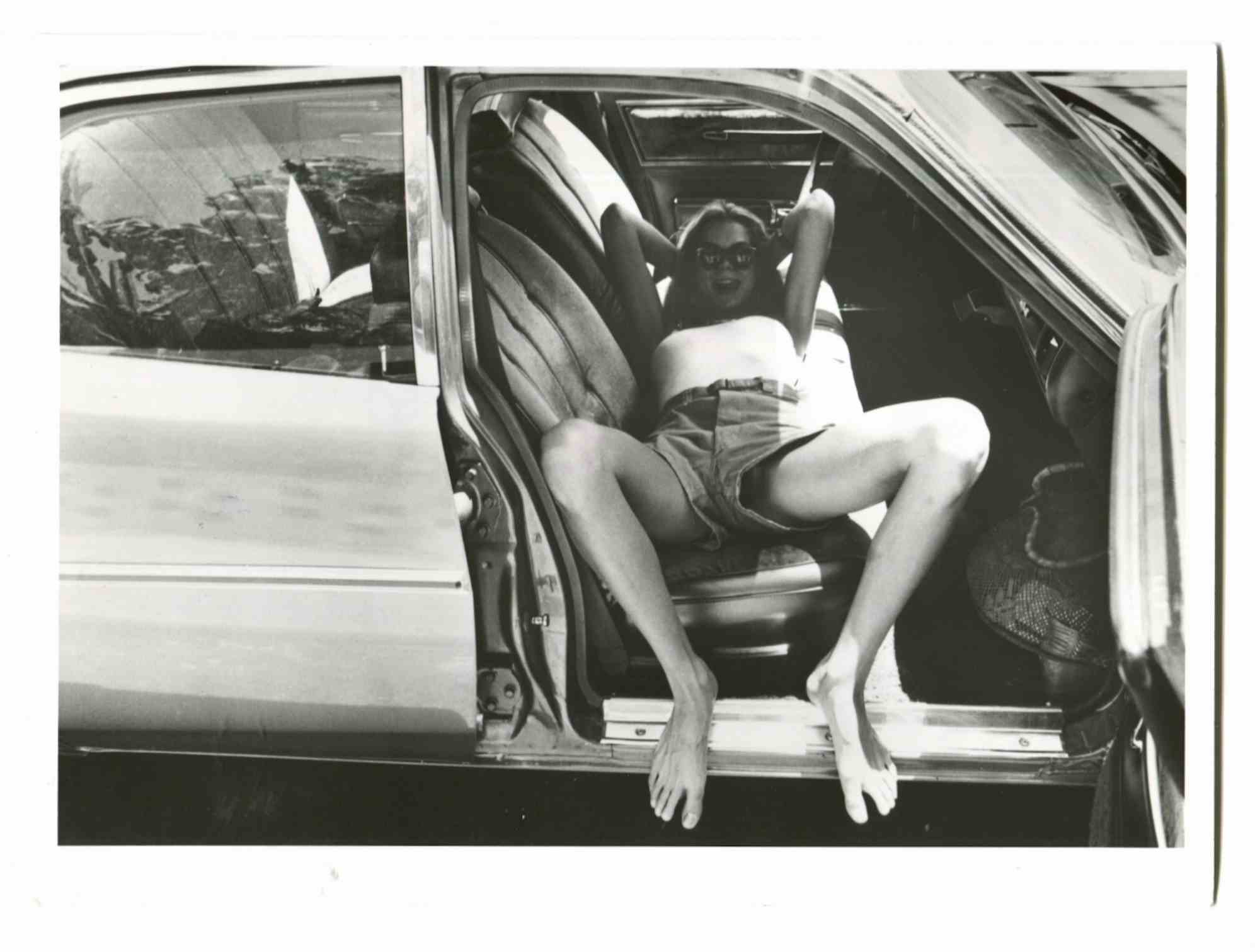
Kristine DeBell
Helmut Newton
Unknown Edition
1800€
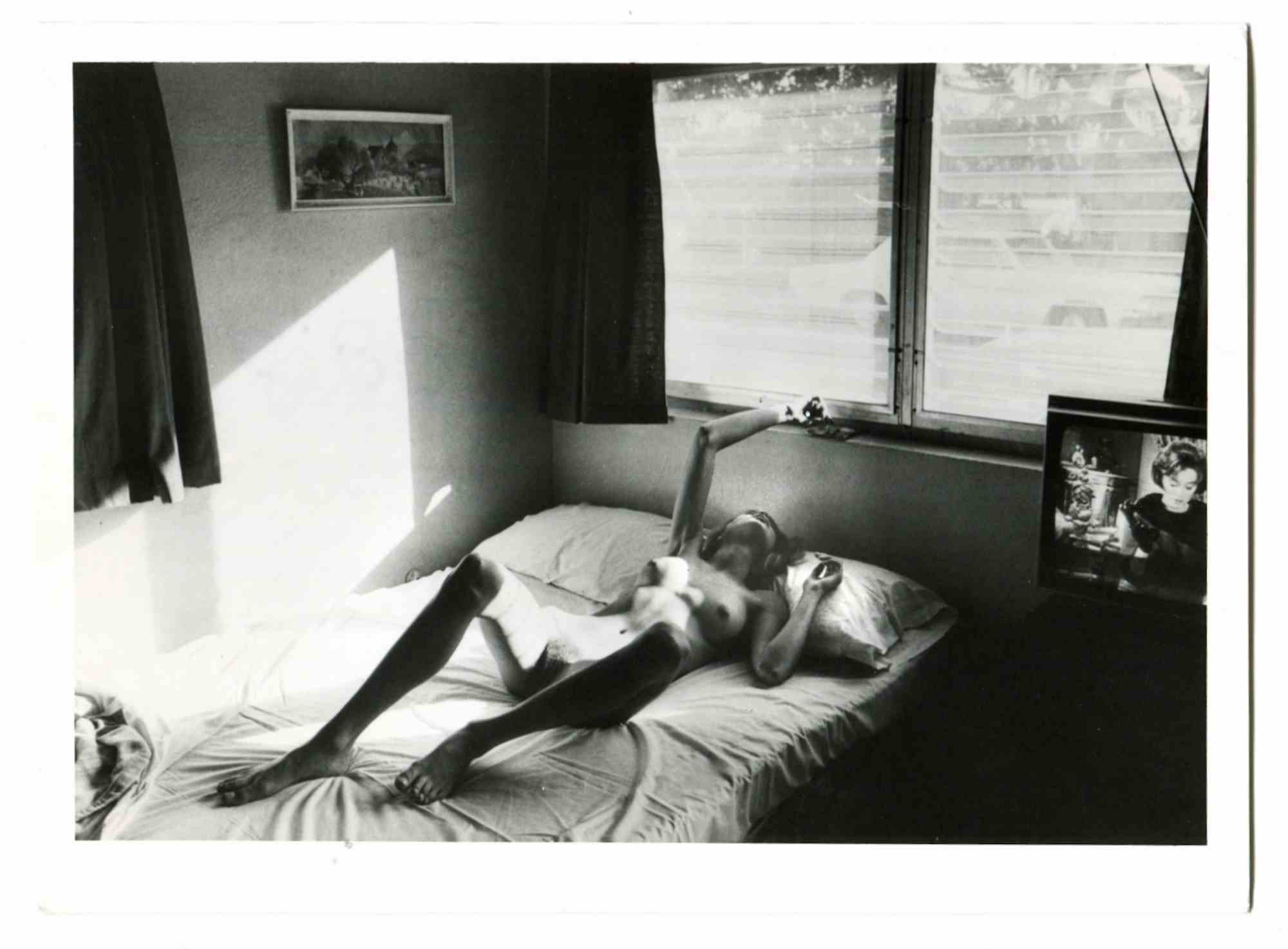
Kristine DeBell
Helmut Newton
Unknown Edition
1800€

Kristine DeBell
Helmut Newton
Unknown Edition
1800€
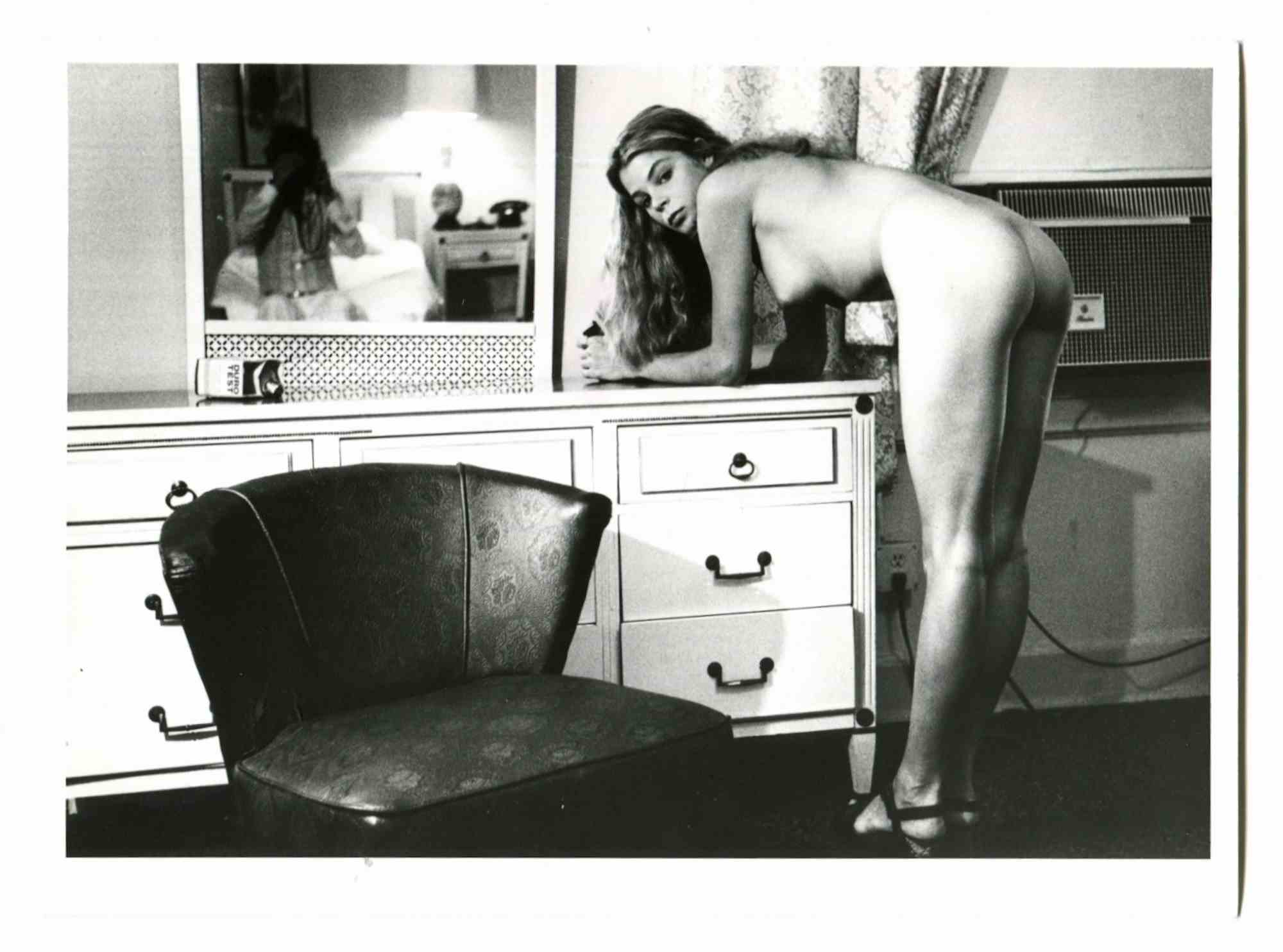
Kristine DeBell
Helmut Newton
Unknown Edition
1800€
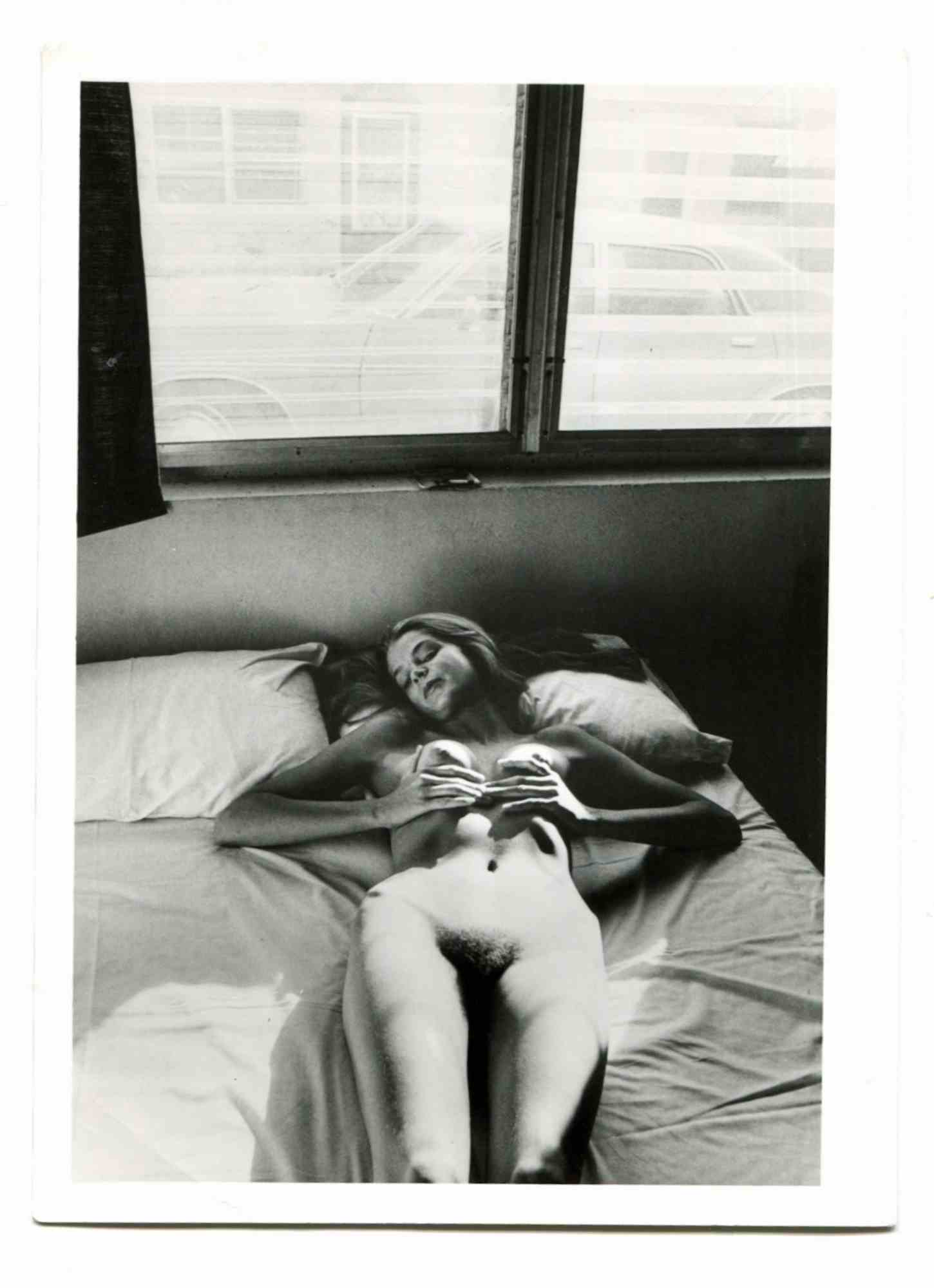
Kristine DeBell
Helmut Newton
Unknown Edition
1800€
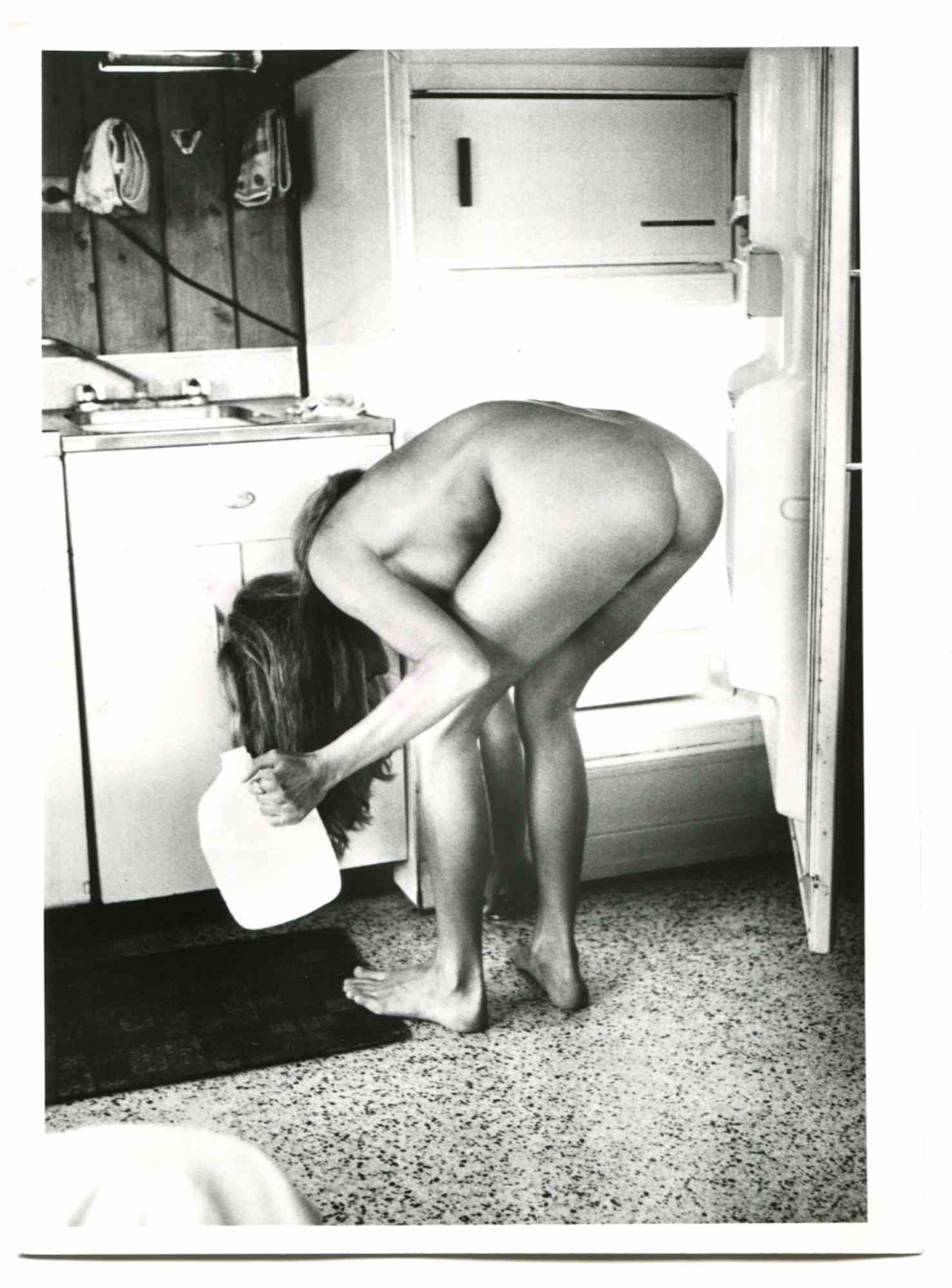
Kristine DeBell
Helmut Newton
Unknown Edition
1800€
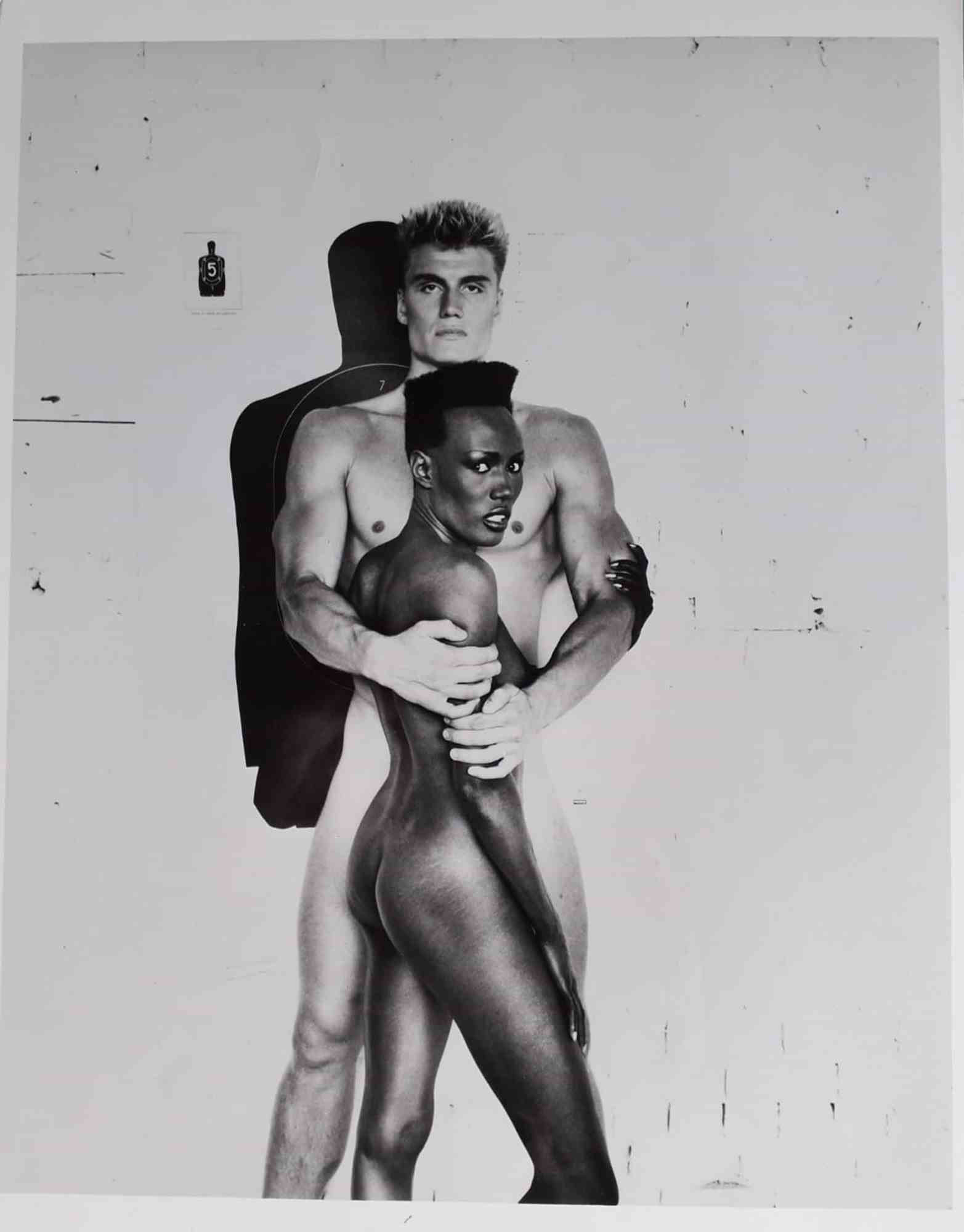
Grace Jones for Playboy
Helmut Newton
Limited Edition
4350€
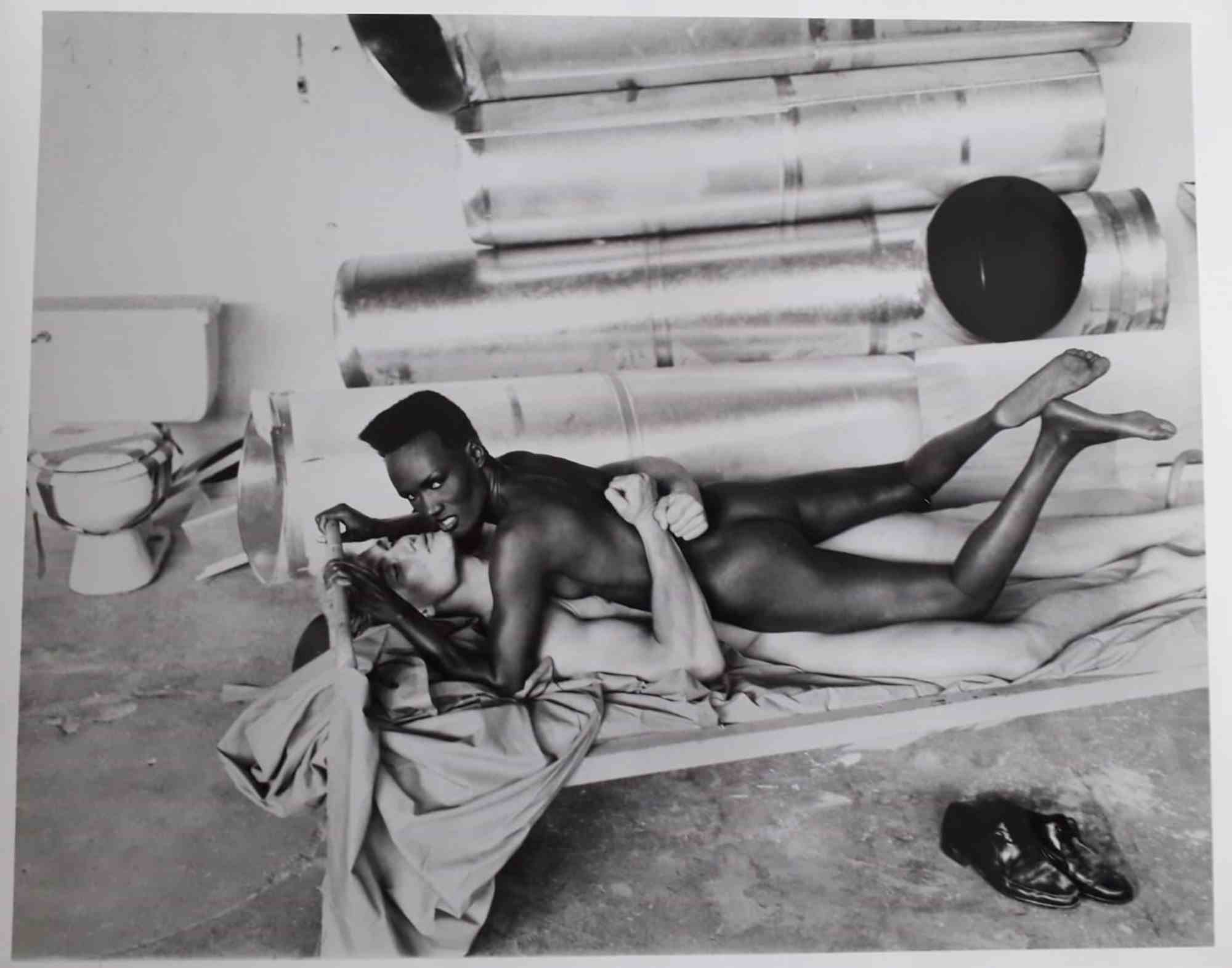
Grace Jones for Playboy
Helmut Newton
Limited Edition
4350€
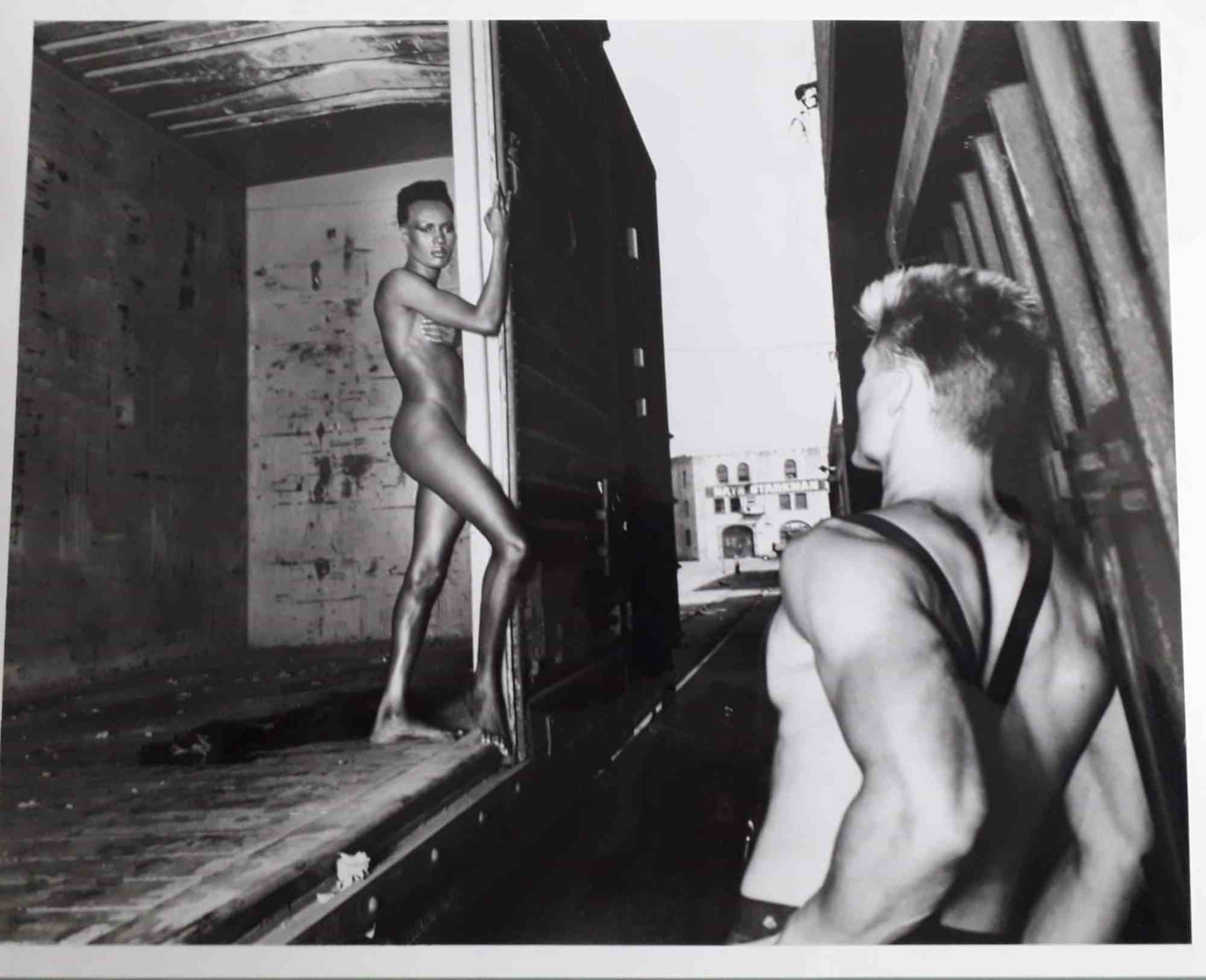
Grace Jones for Playboy
Helmut Newton
Limited Edition
4350€
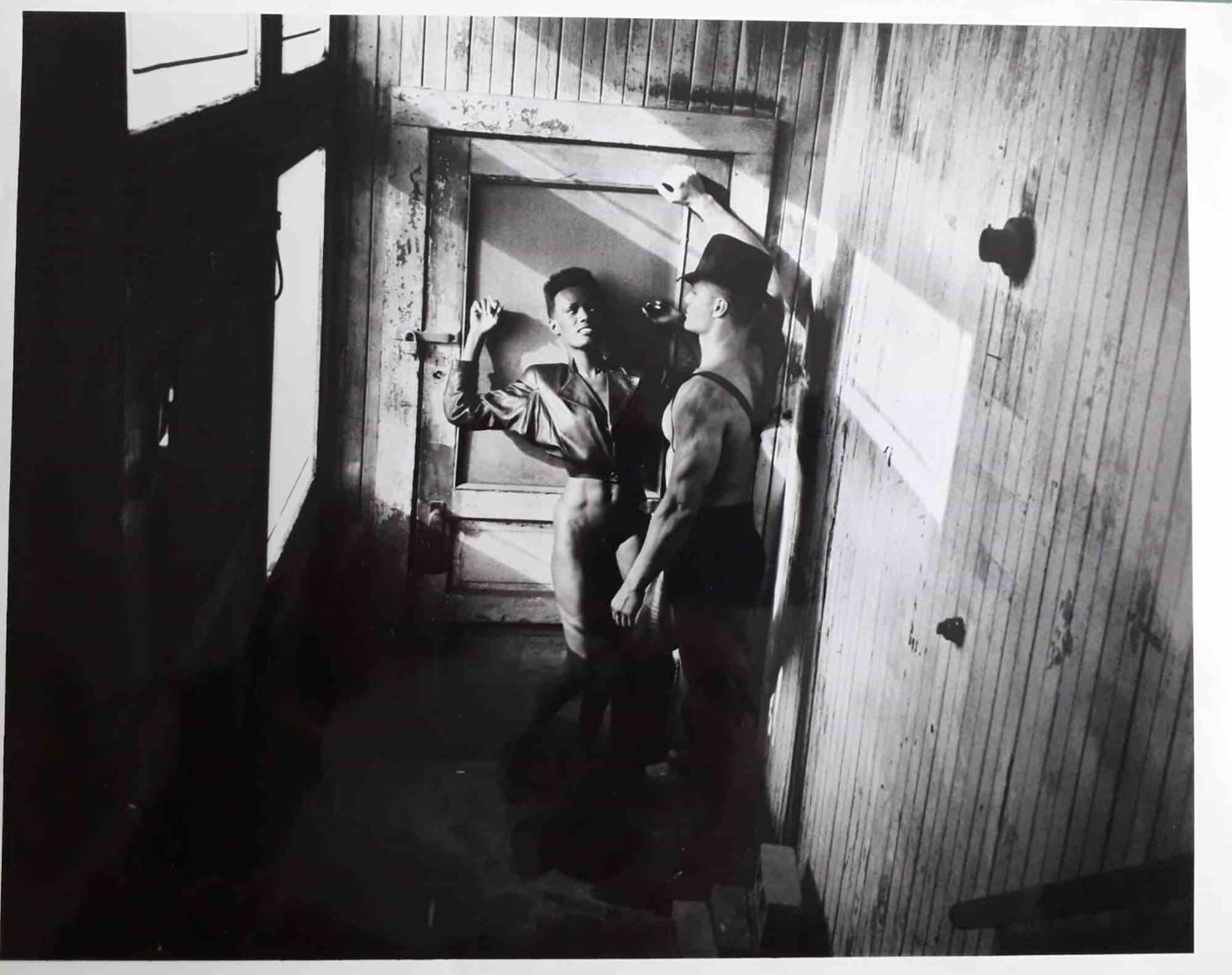
Grace Jones for Playboy
Helmut Newton
Limited Edition
4350€
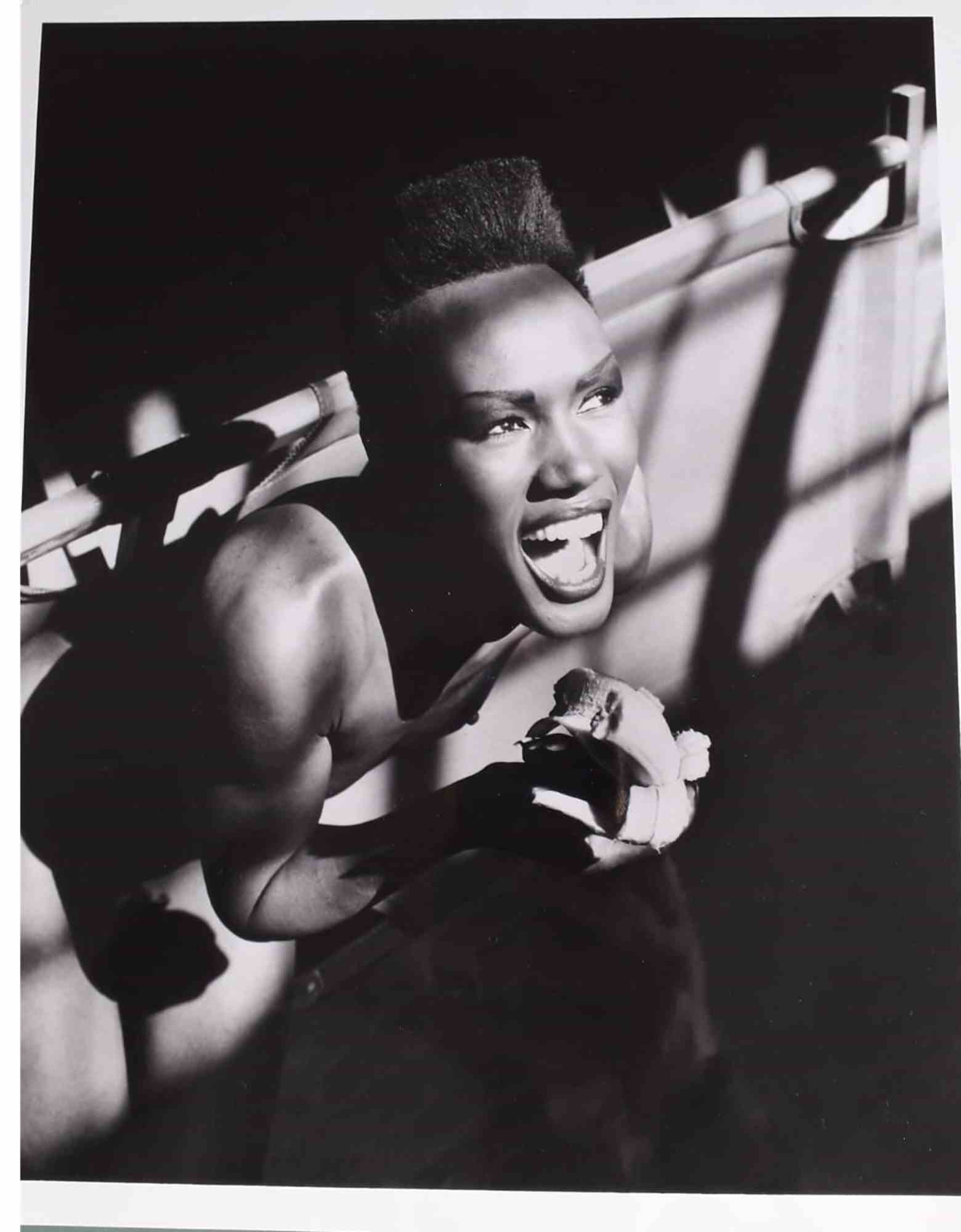
Grace Jones for Playboy
Helmut Newton
Limited Edition
4350€

Nastassia Kinski for Playboy
Helmut Newton
Limited Edition
1400€
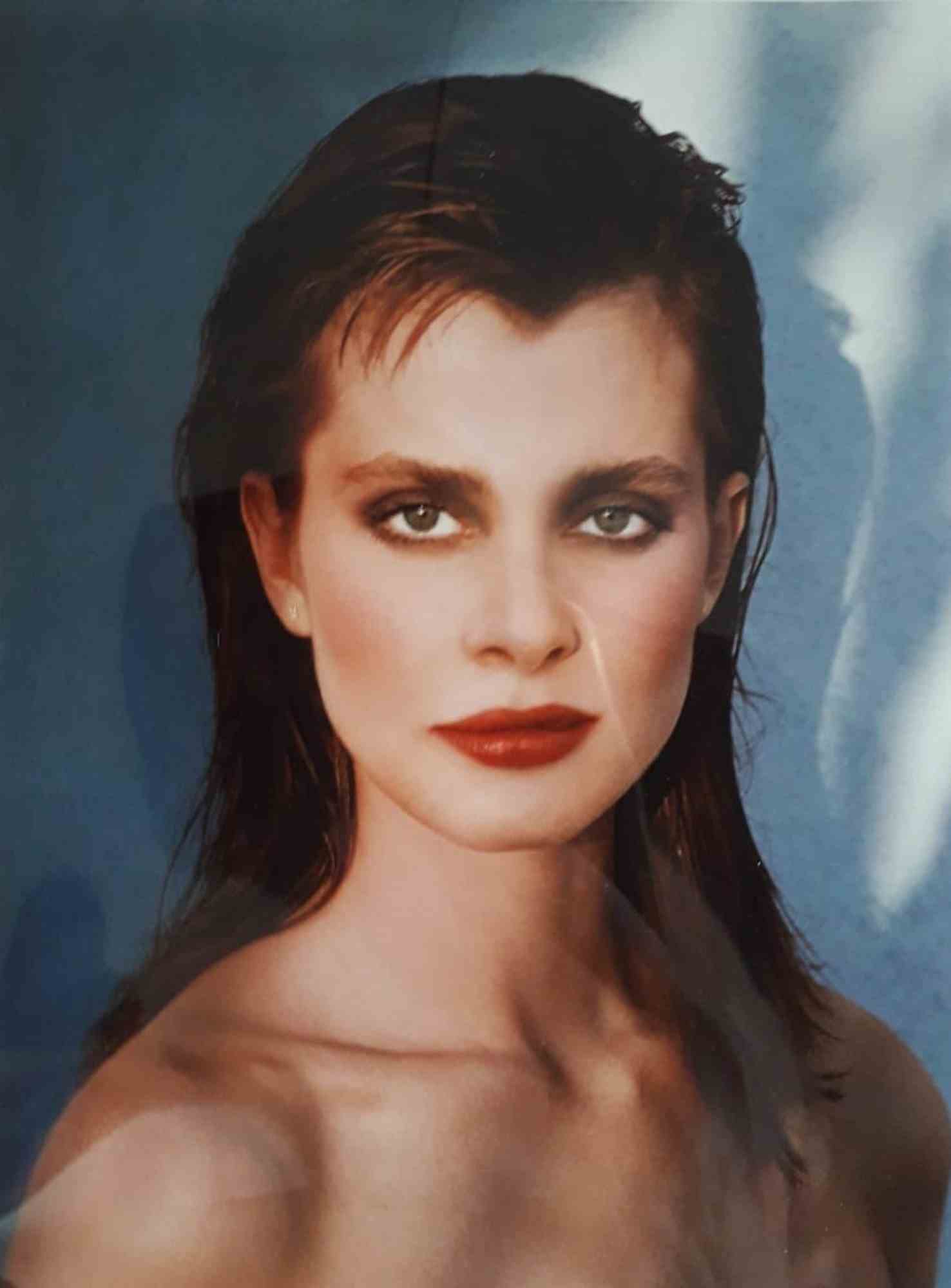
Nastassia Kinski for Playboy
Helmut Newton
Limited Edition
1800€
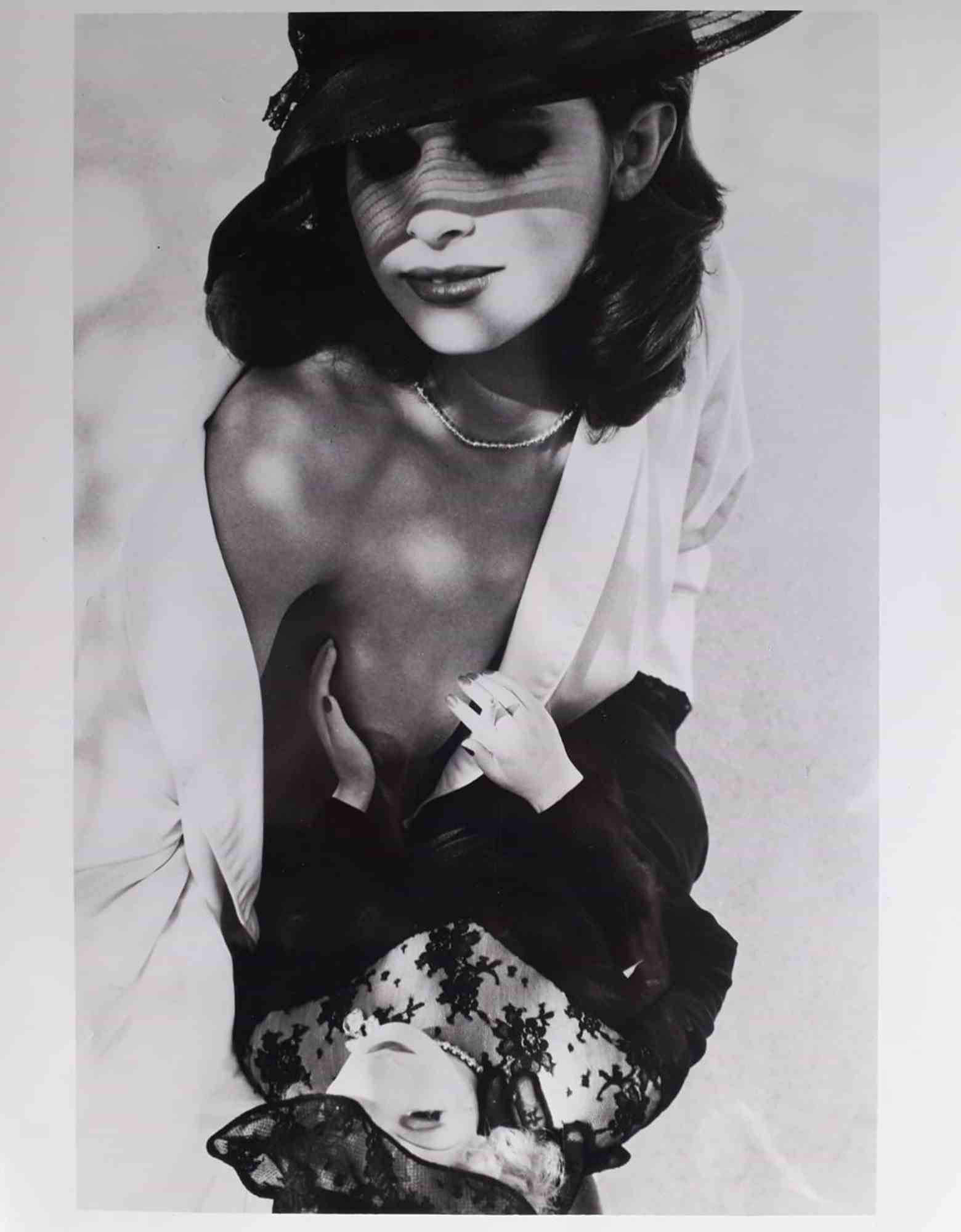
Nastassia Kinski for Playboy
Helmut Newton
Limited Edition
3600€
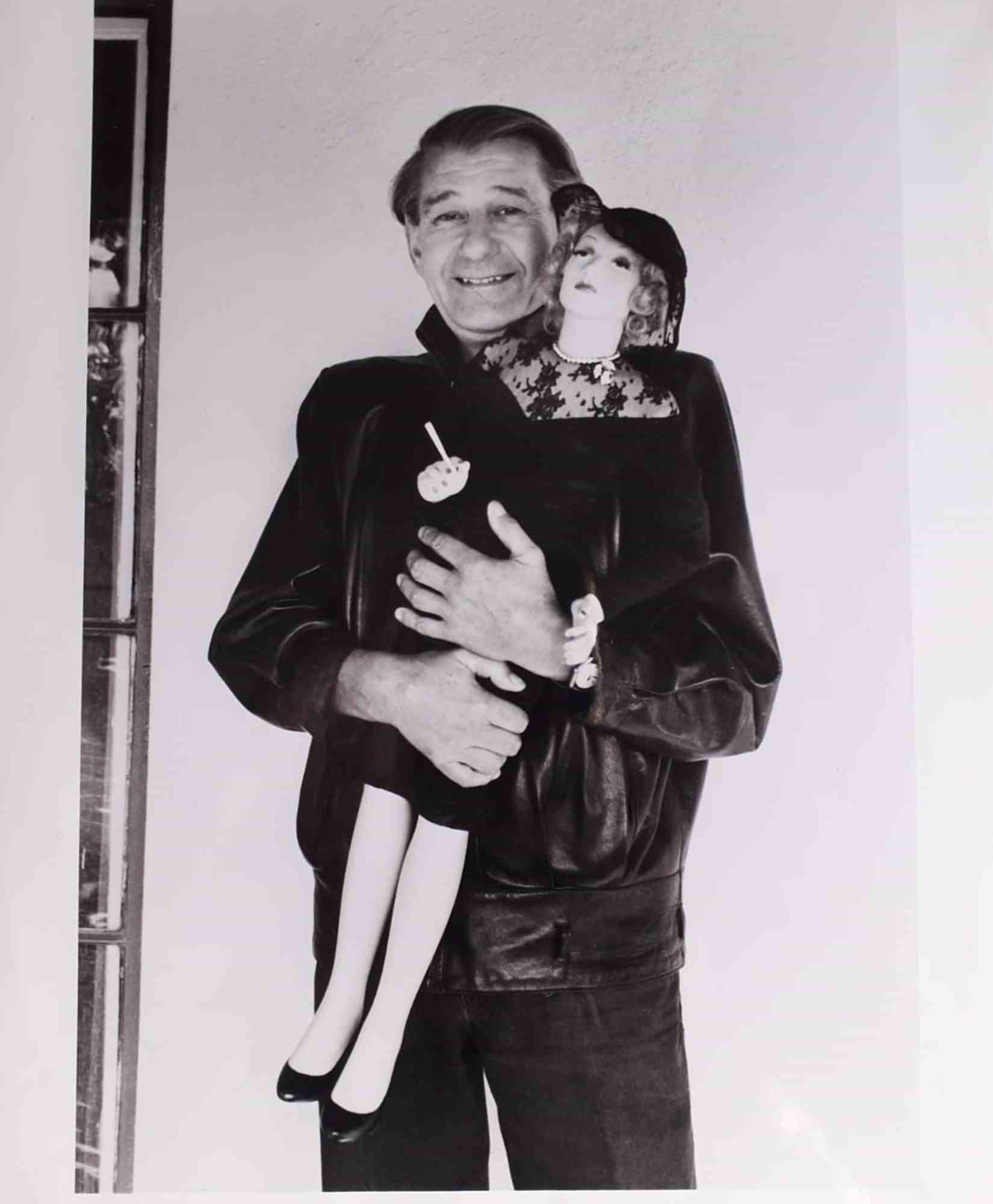
Helmut Newton Portrait
Helmut Newton
Limited Edition
3900€
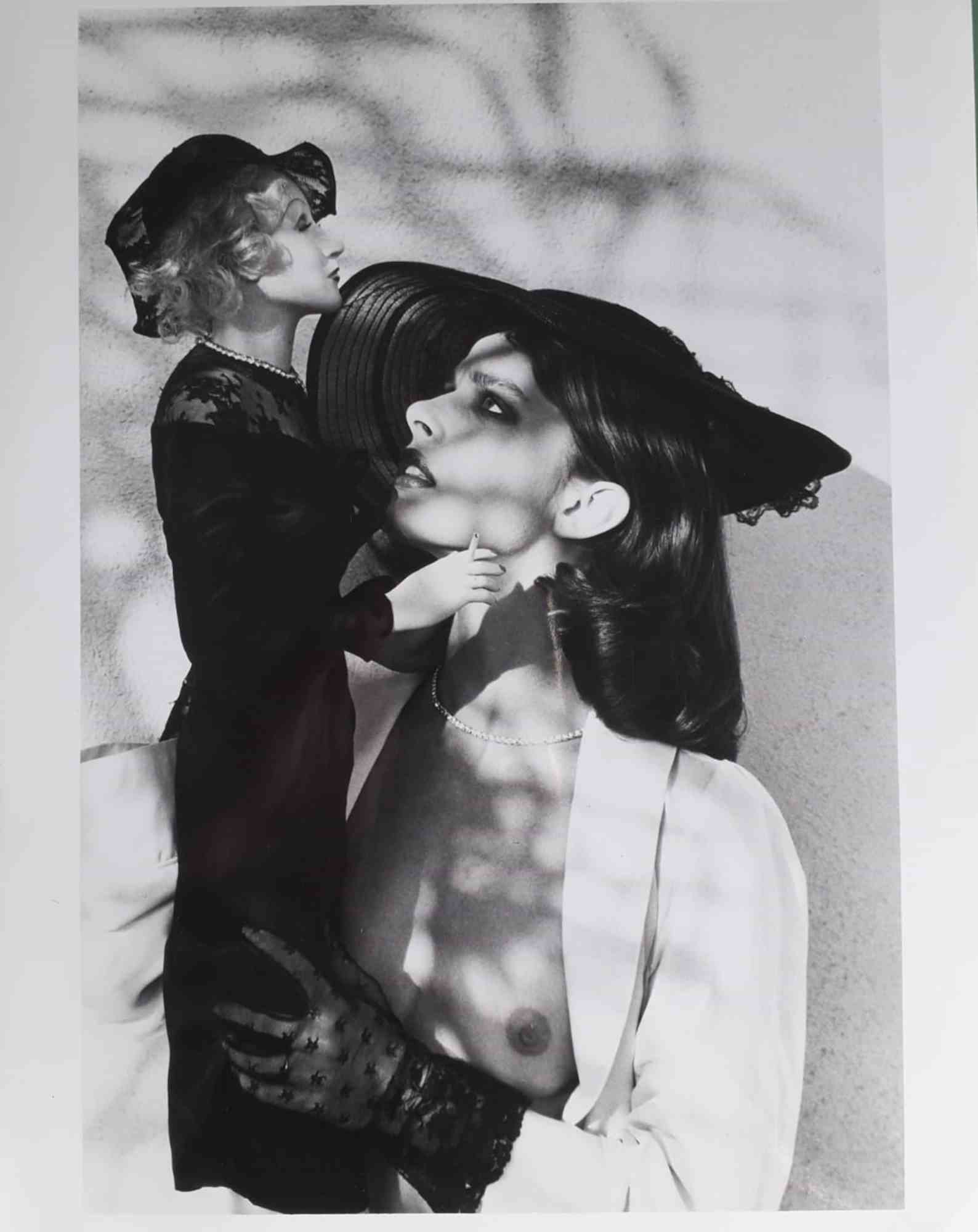
Nastassia Kinski for Playboy
Helmut Newton
Limited Edition
3900€
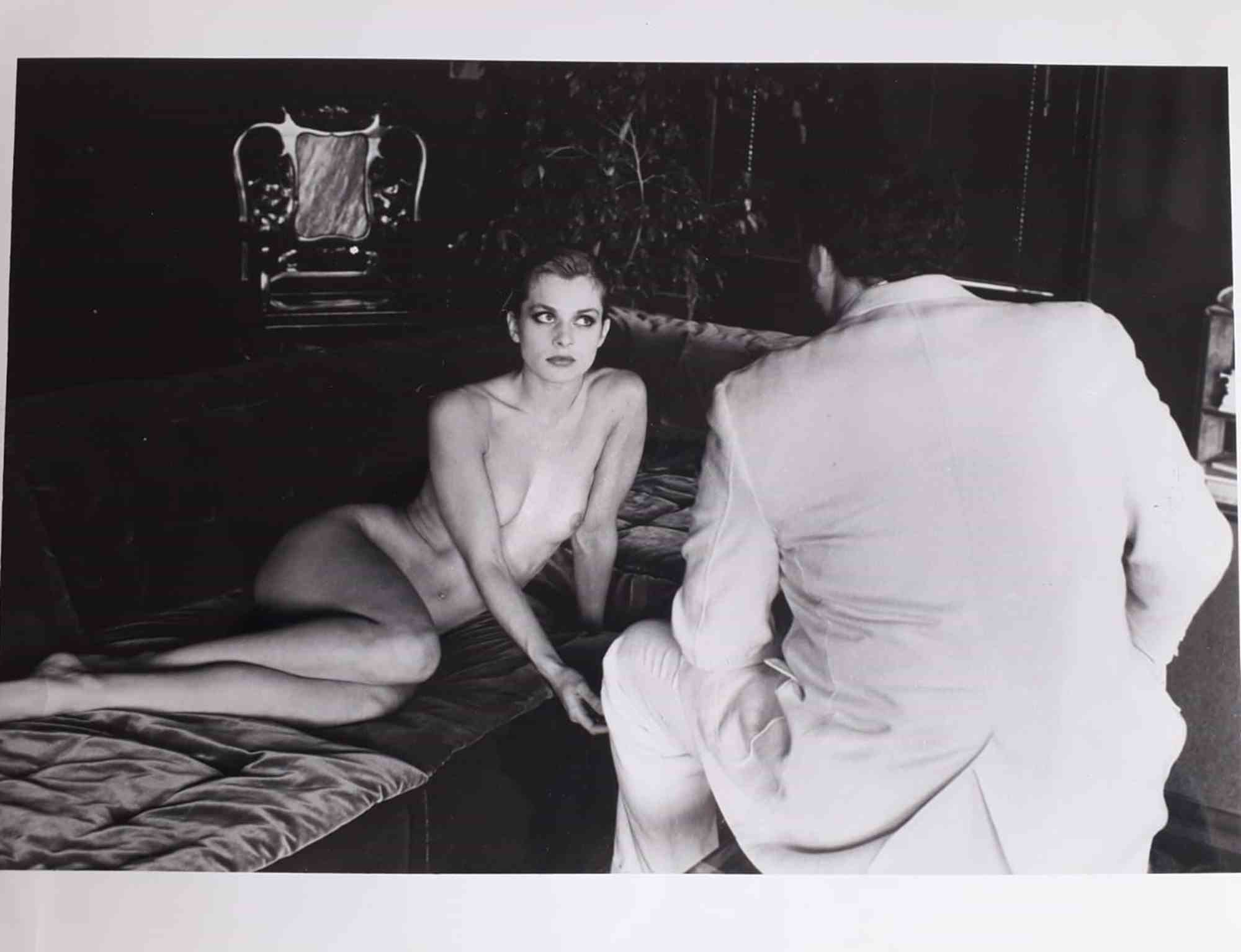
Nastassia Kinski for Playboy
Helmut Newton
Limited Edition
3900€
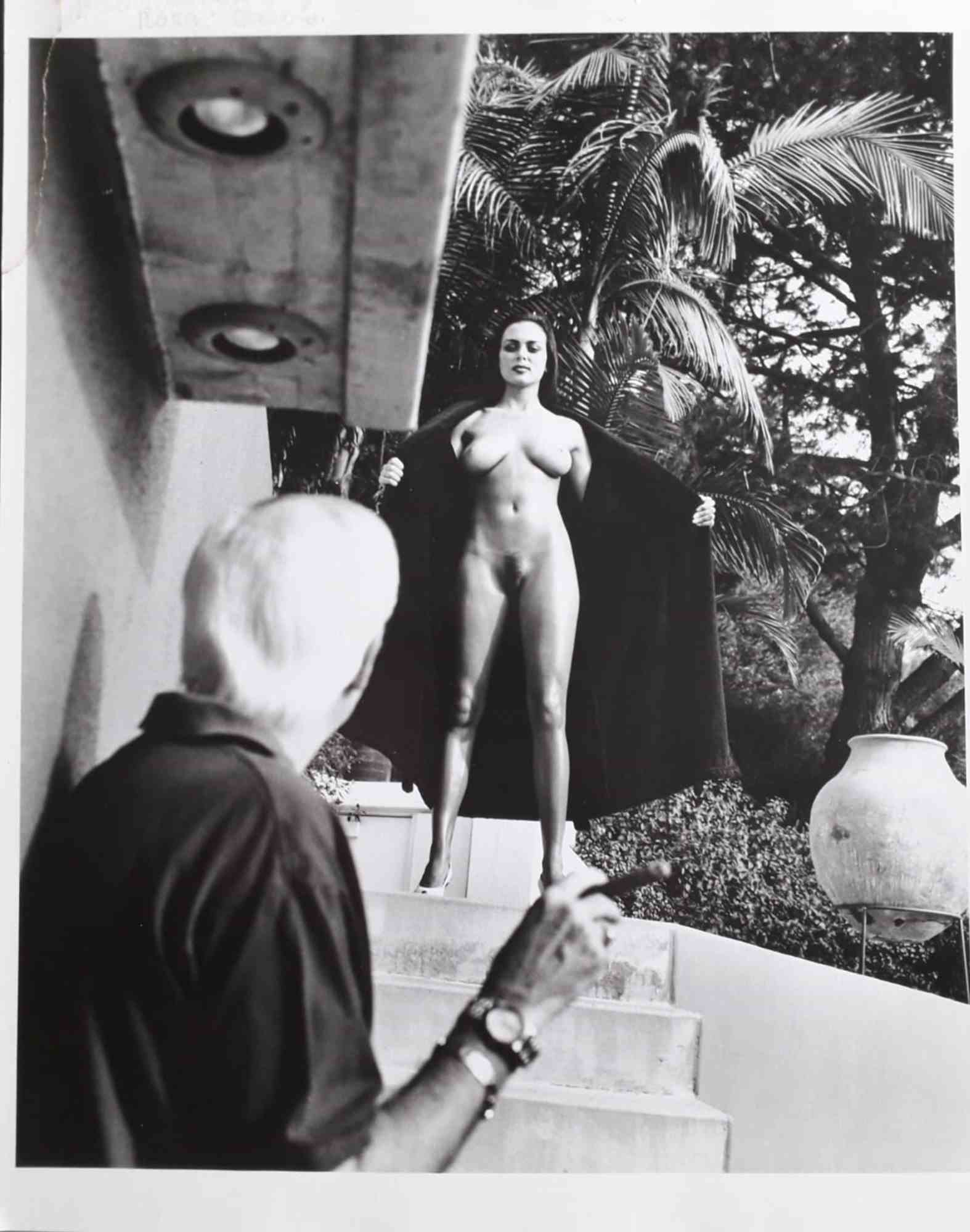
Voyeurism for Playboy
Helmut Newton
Photo
5500€
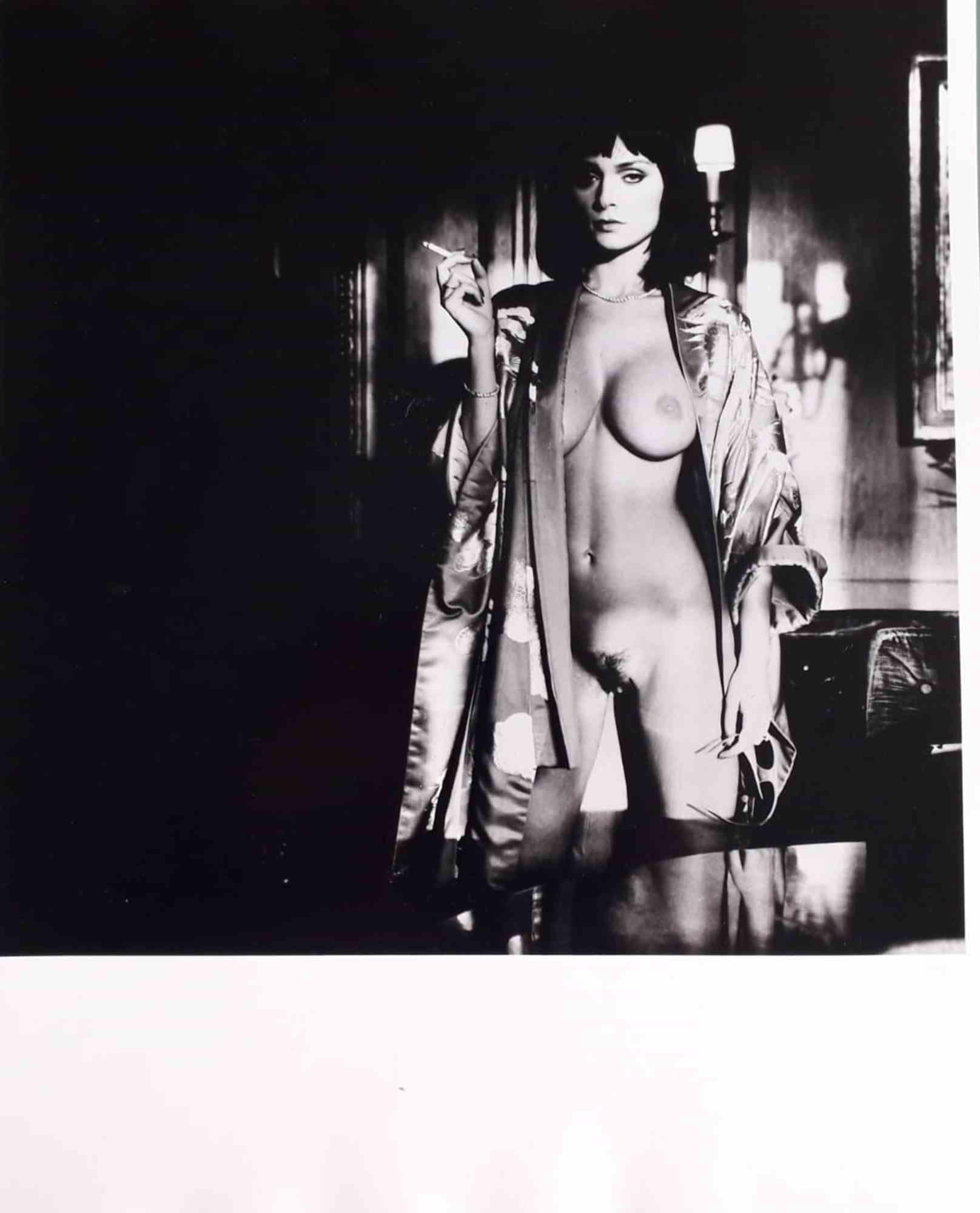
Voyeurism for Playboy
Helmut Newton
Limited Edition
5400€
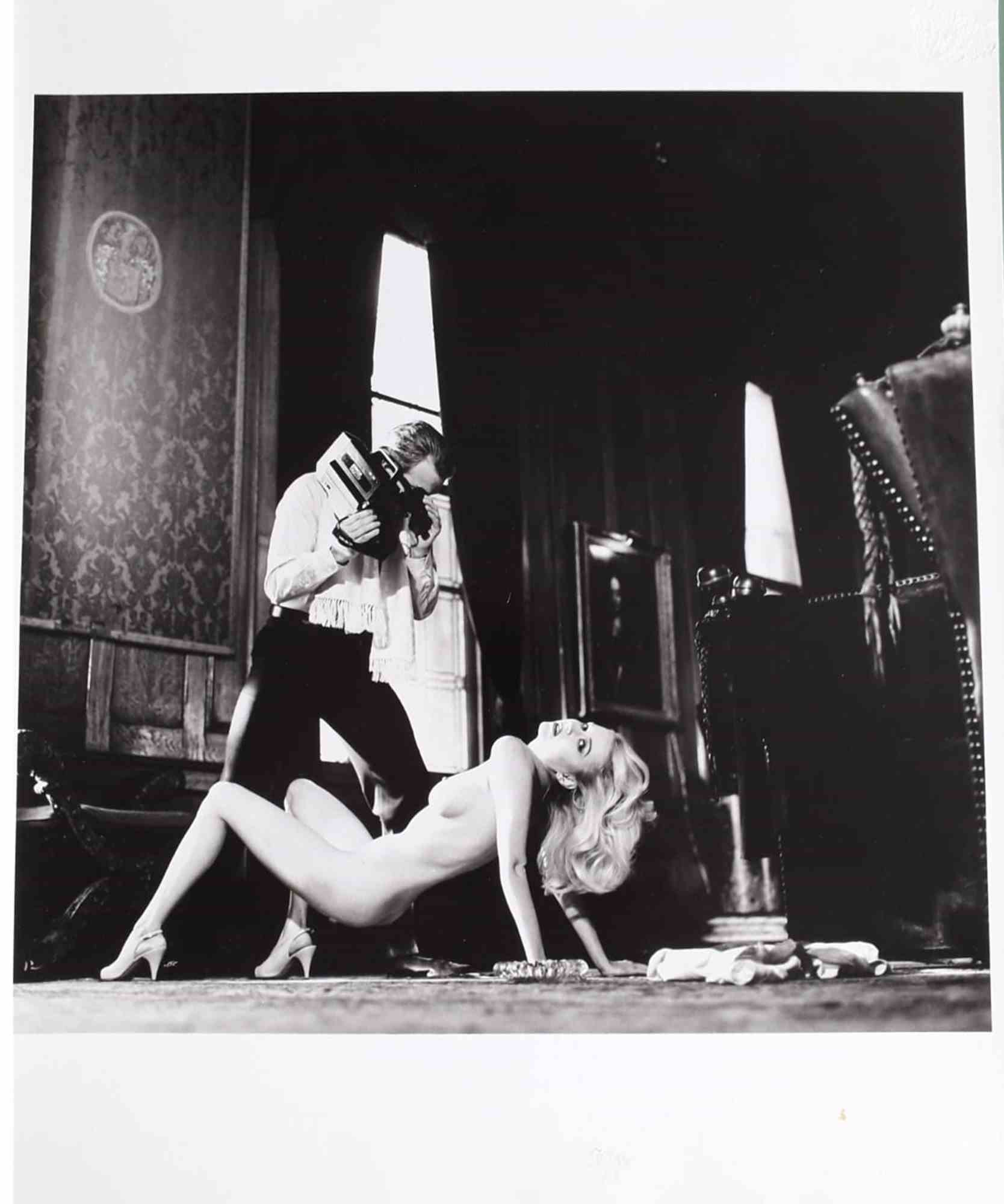
Voyeurism for Playboy
Helmut Newton
Limited Edition
5400€
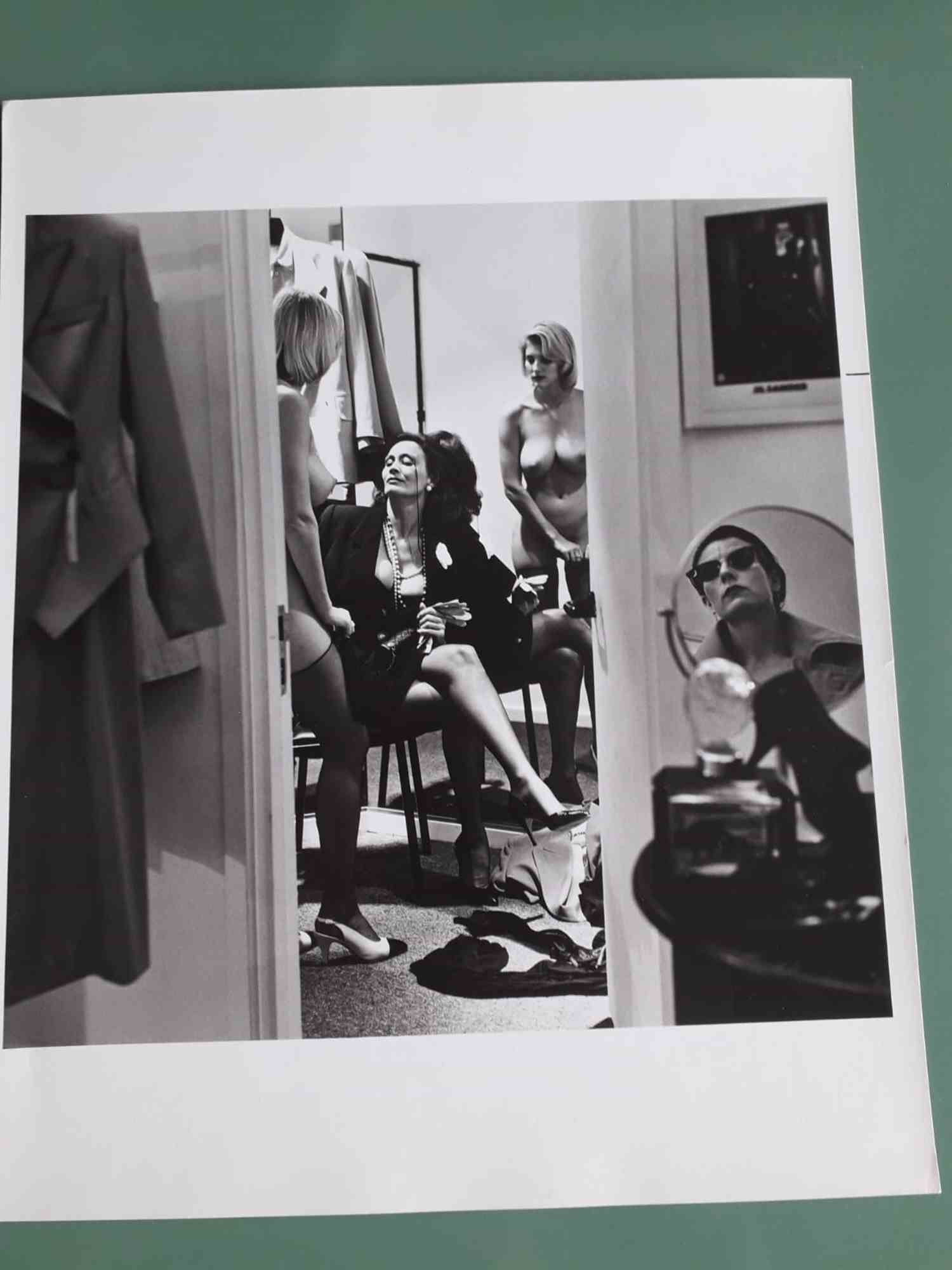
Voyeurism for Playboy
Helmut Newton
Limited Edition
5400€
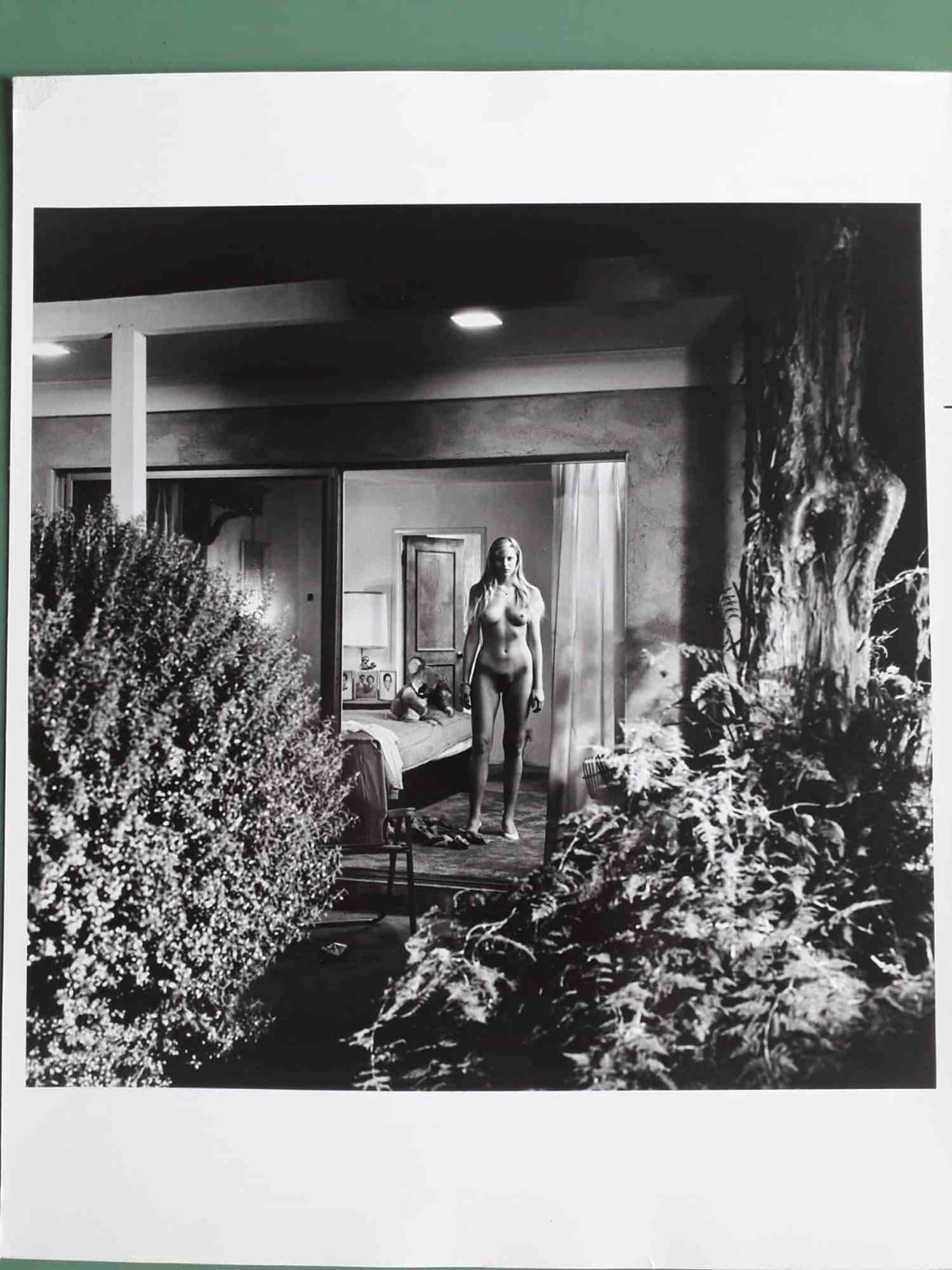
Voyeurism for Playboy
Helmut Newton
Limited Edition
5400€
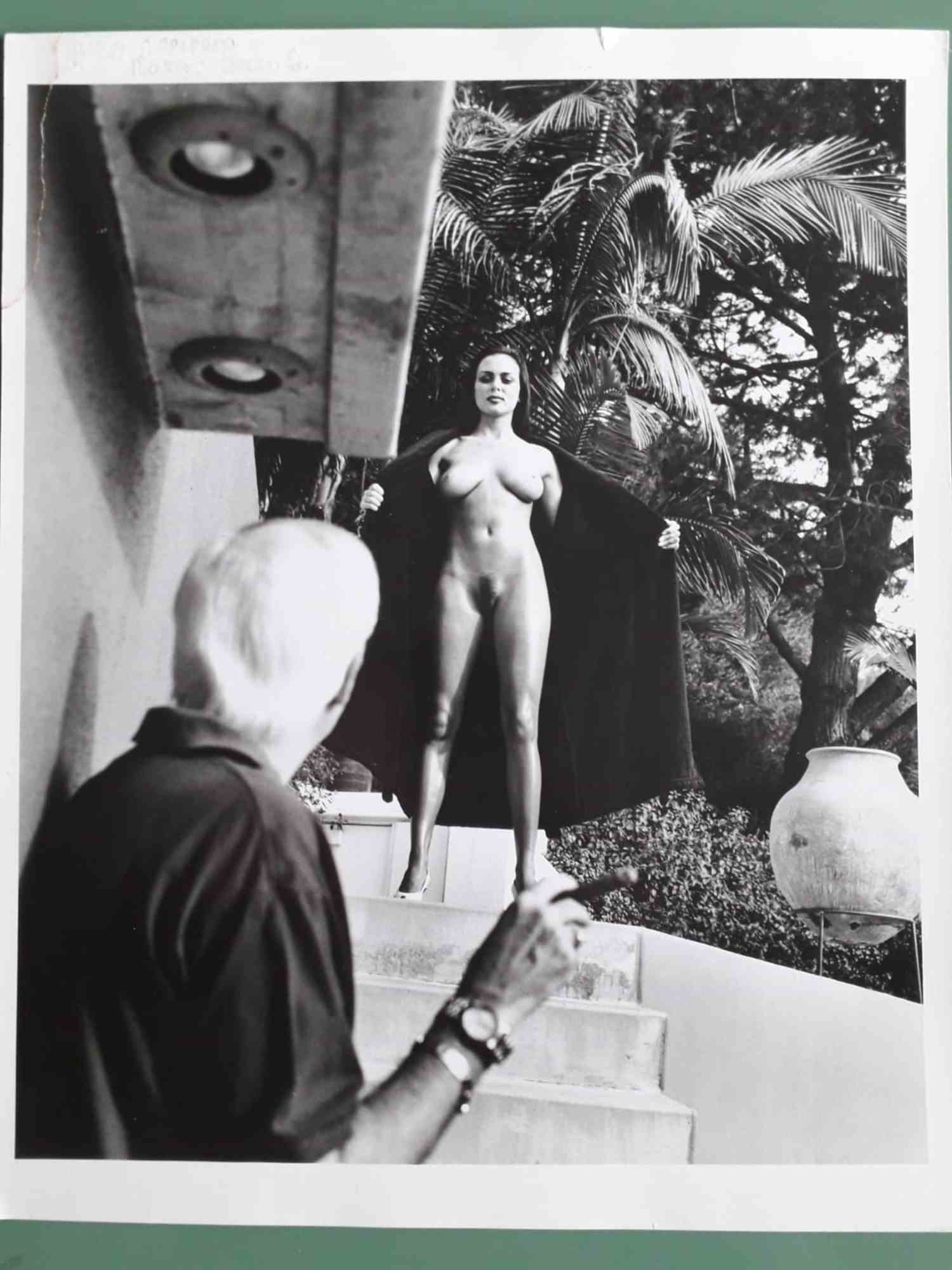
Voyeurism for Playboy
Helmut Newton
Limited Edition
5400€
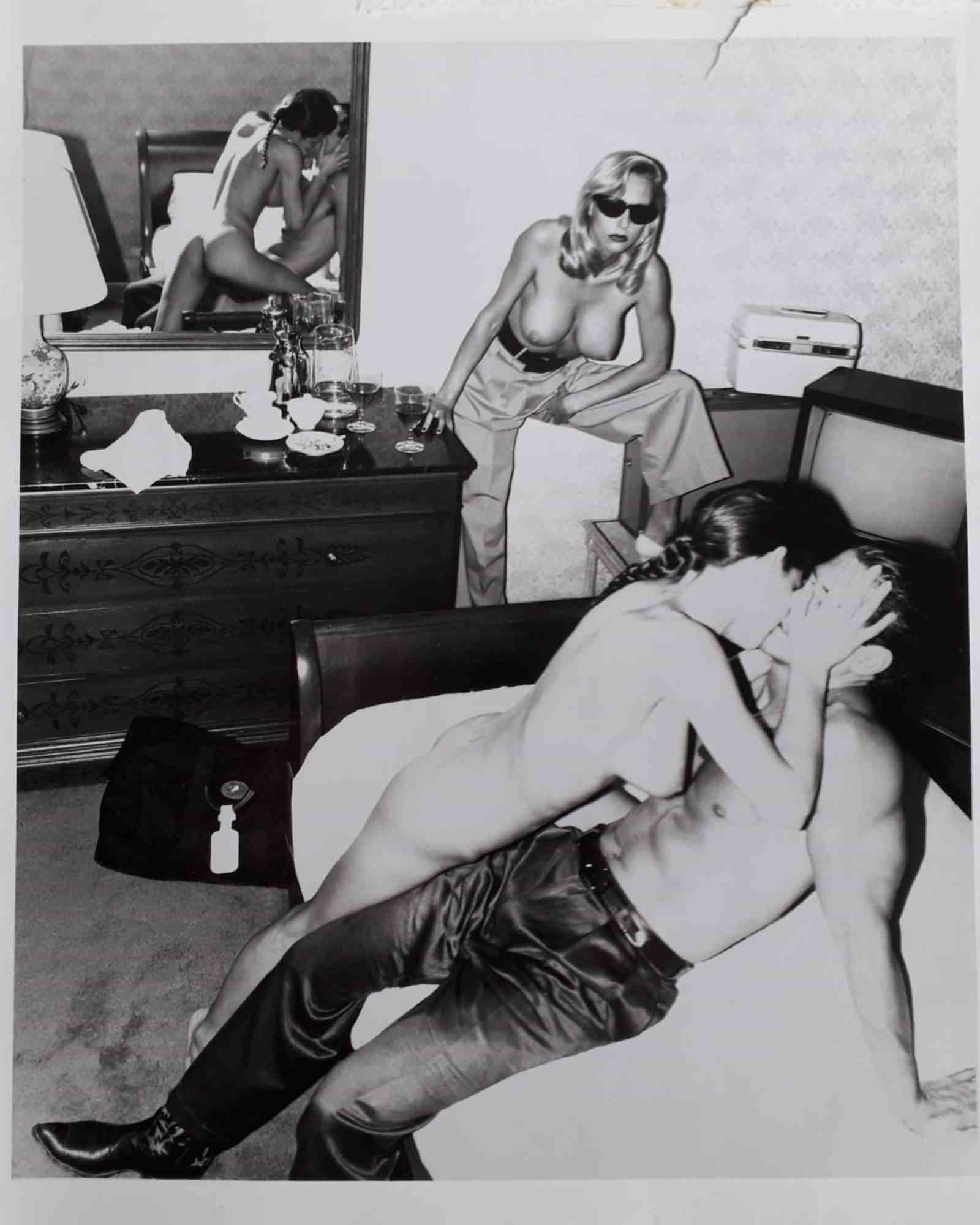
Voyeurism for Playboy
Helmut Newton
Limited Edition
5600€

Riders for Playboy
Helmut Newton
Limited Edition
5600€
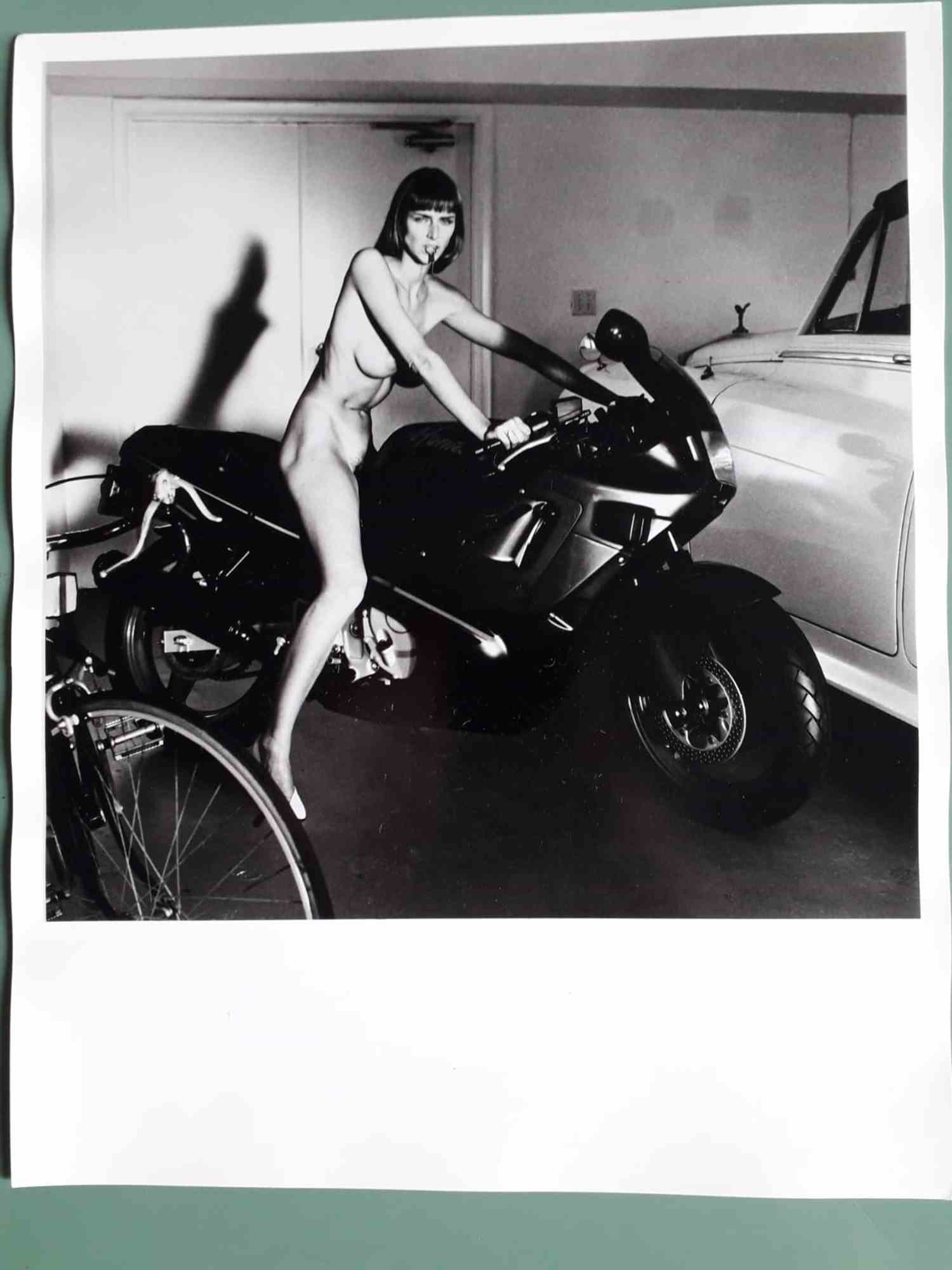
Riders for Playboy
Helmut Newton
Limited Edition
5600€

Riders for Playboy
Helmut Newton
Limited Edition
5400€
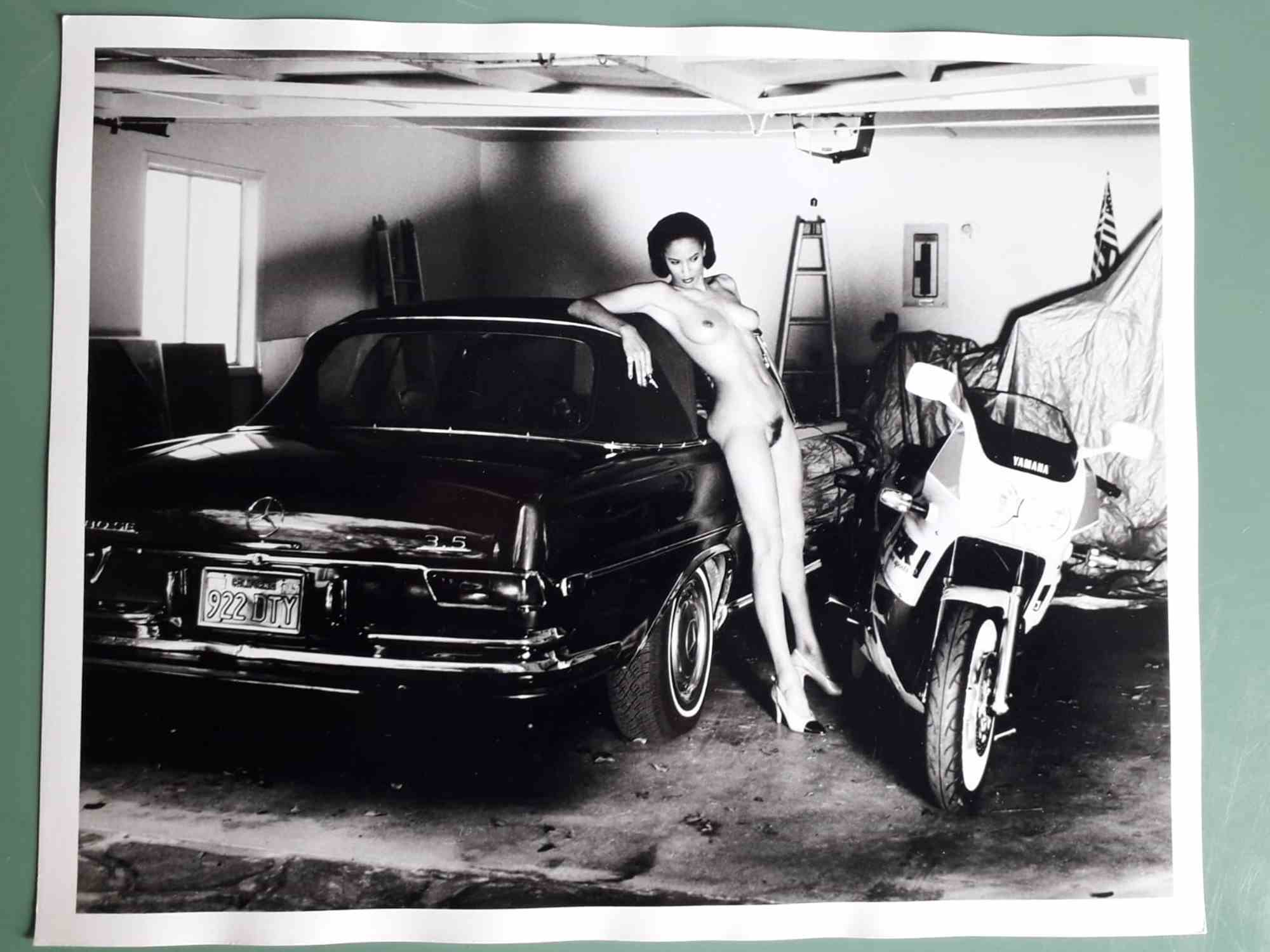
Riders for Playboy
Helmut Newton
Limited Edition
5400€
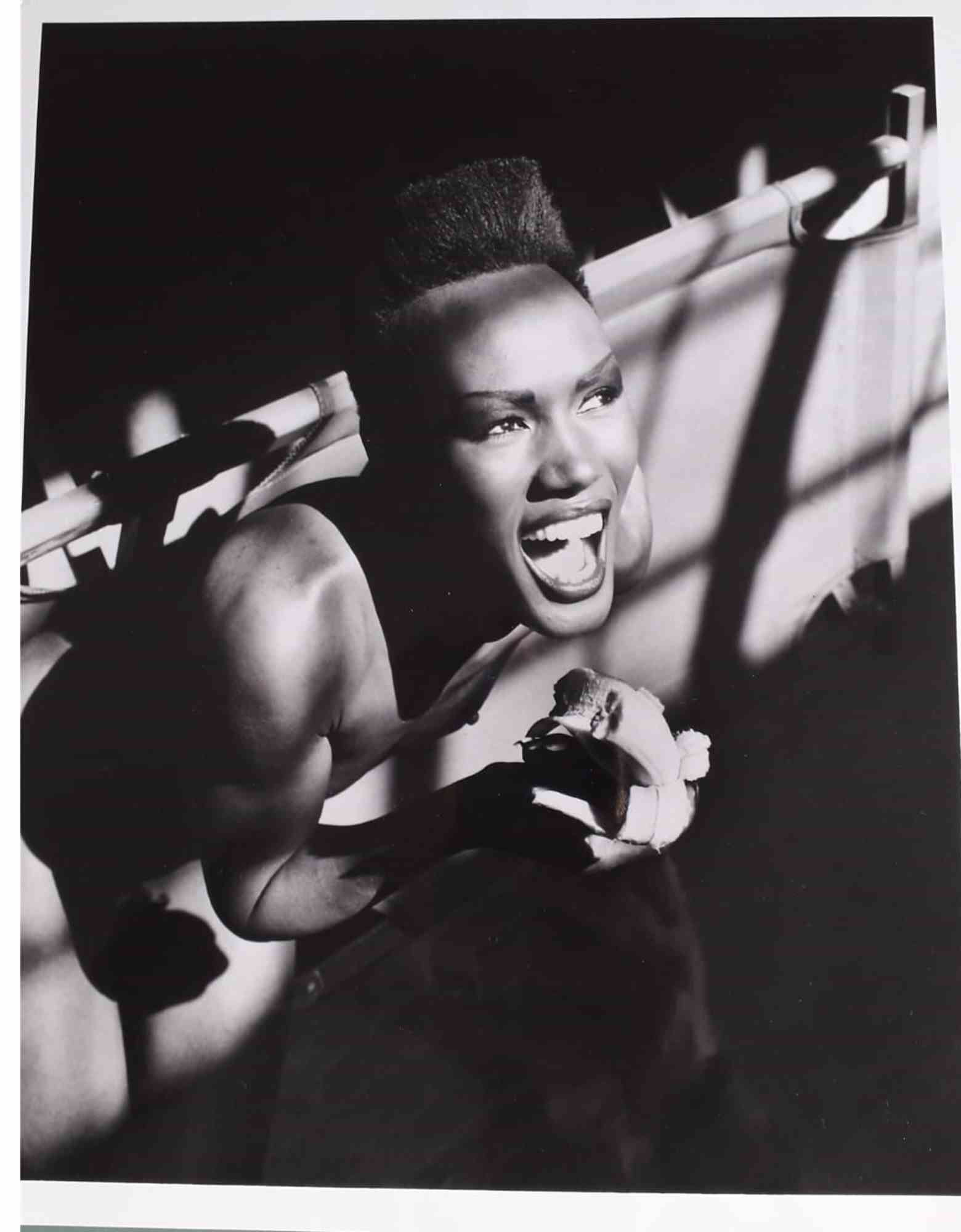
Grace Jones for Playboy
Helmut Newton
Limited Edition
5400€
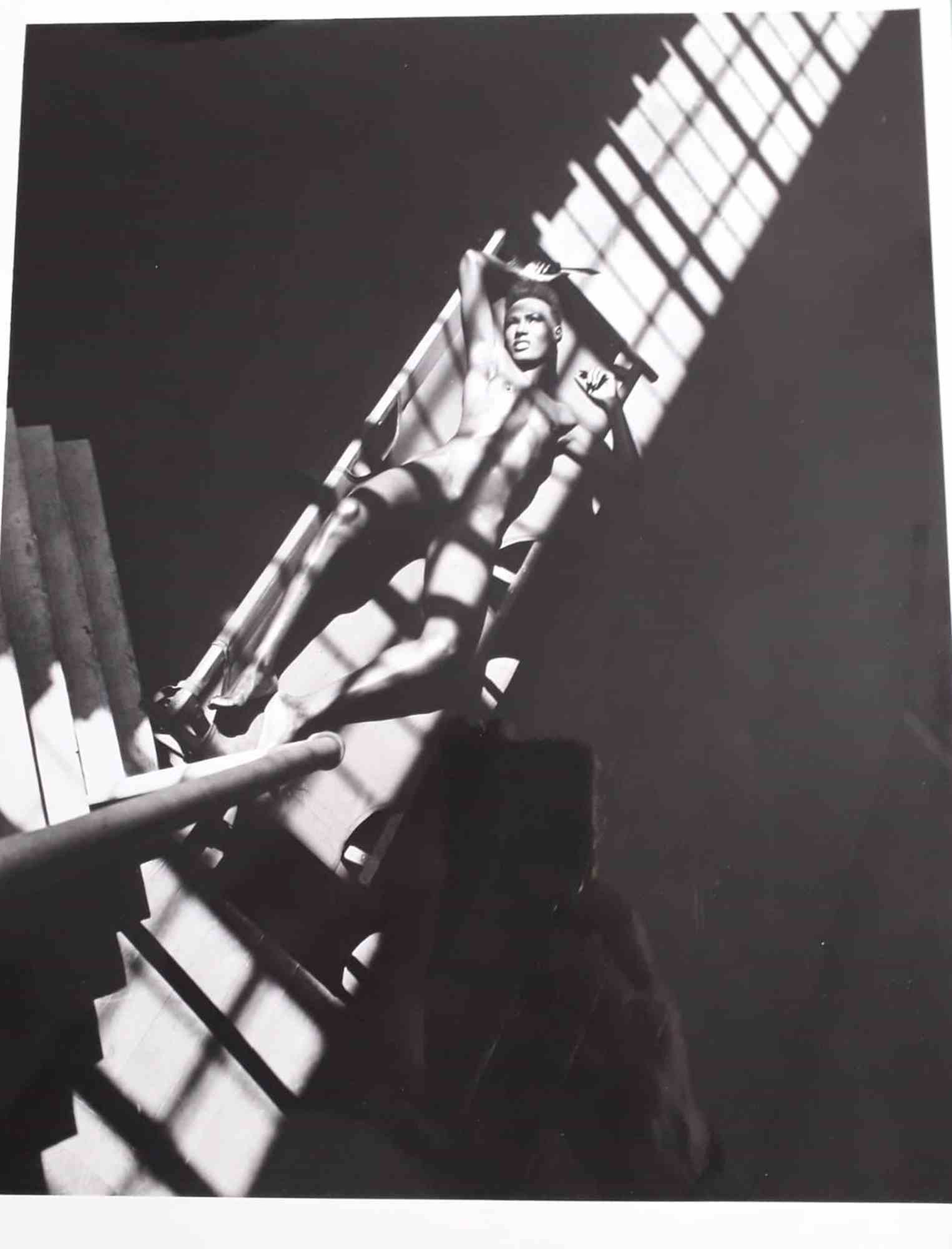
Grace Jones for Playboy
Helmut Newton
Limited Edition
5400€
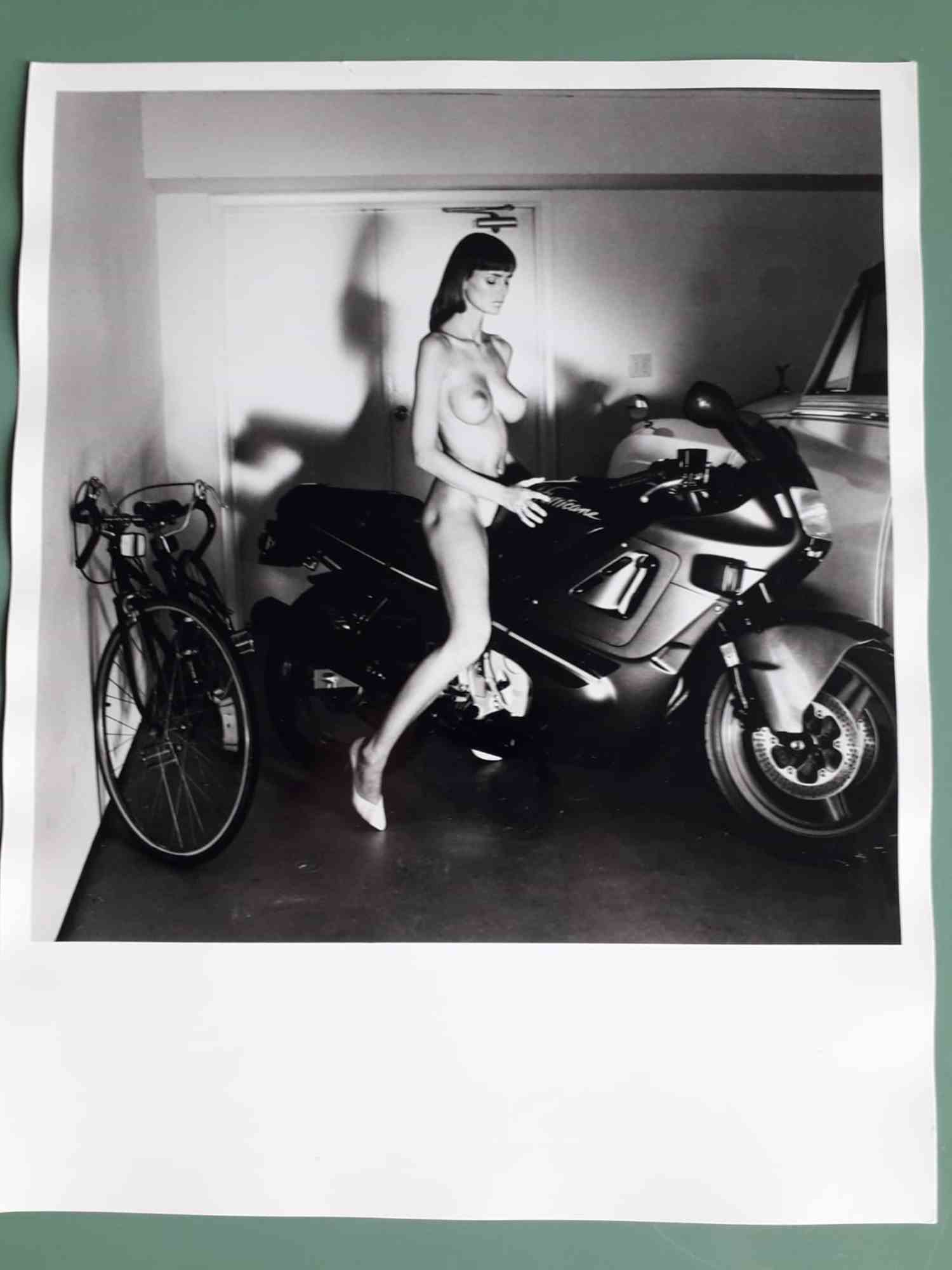
Riders for Playboy
Helmut Newton
Limited Edition
5400€
